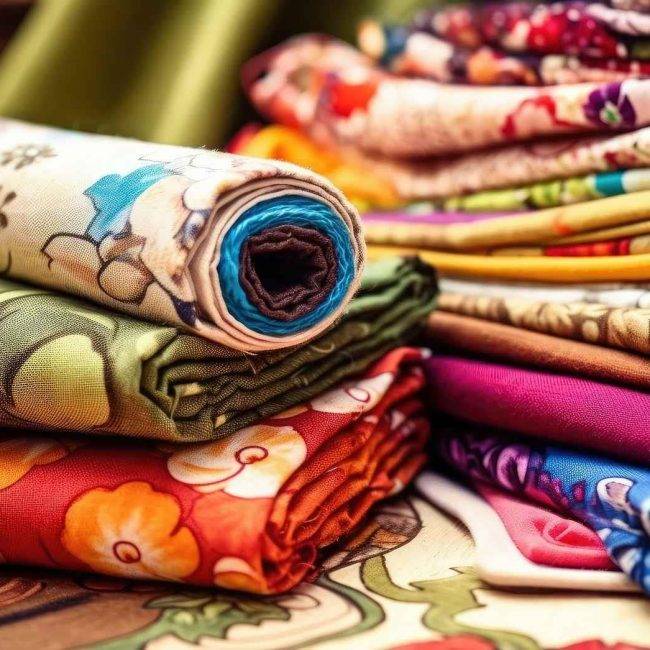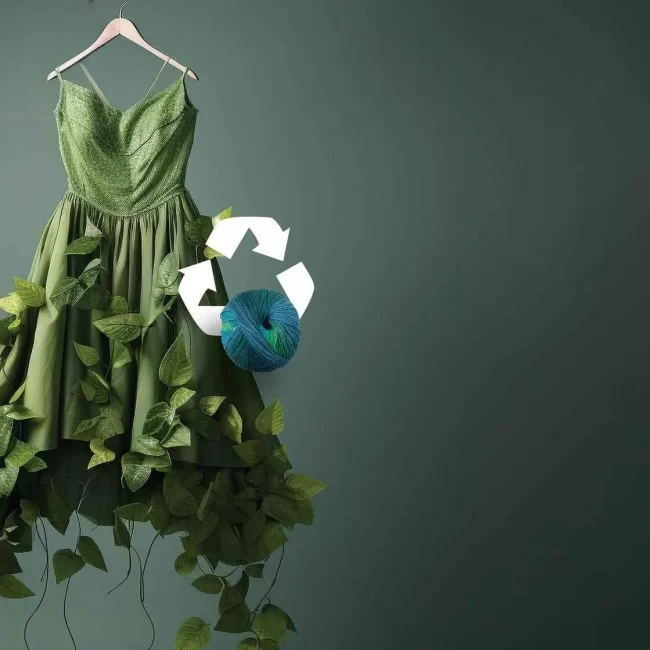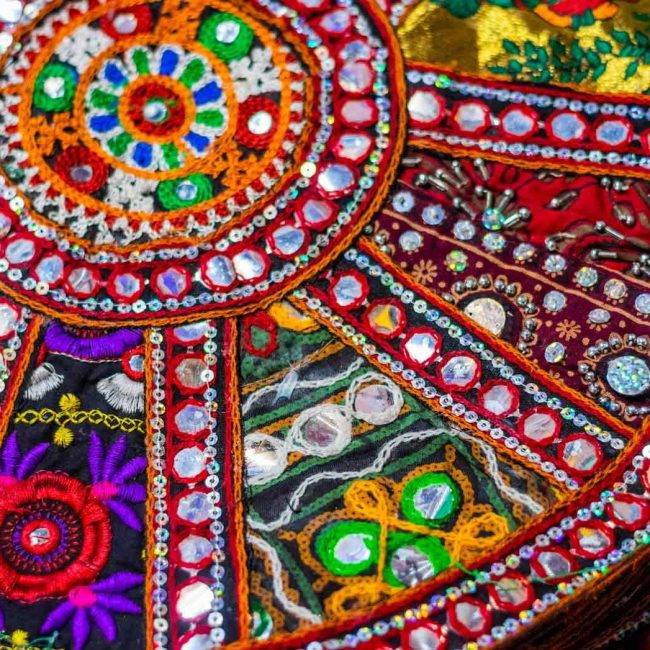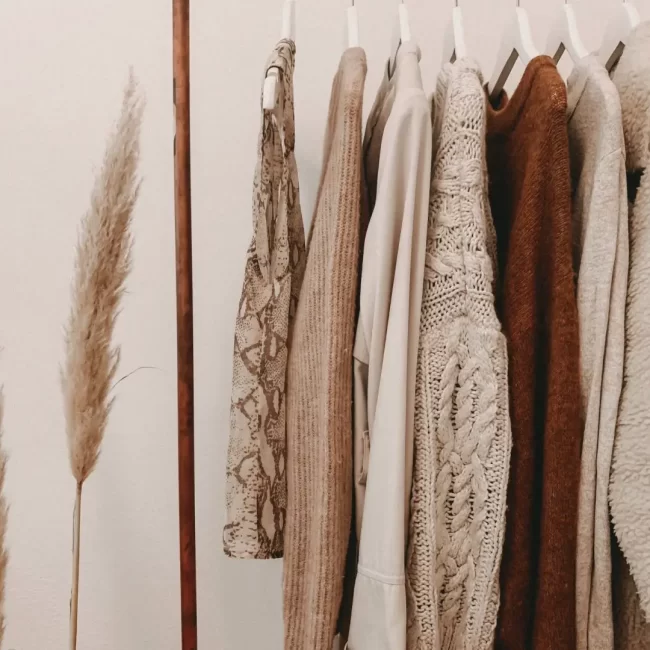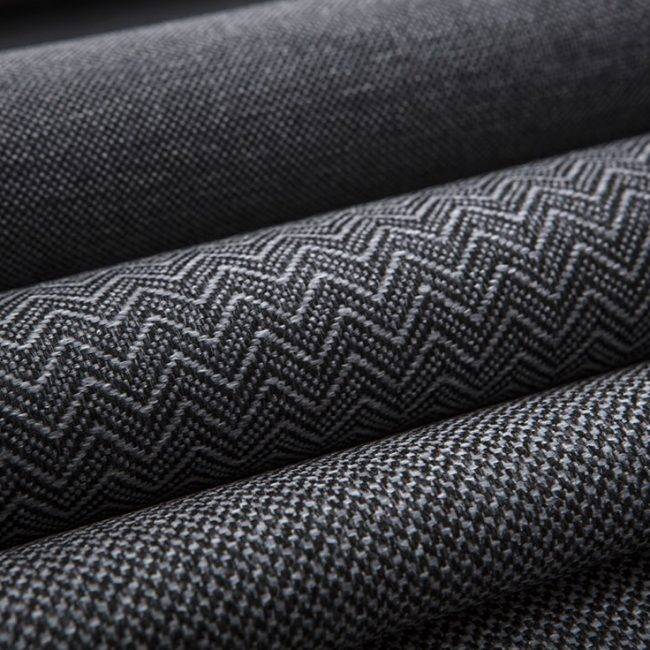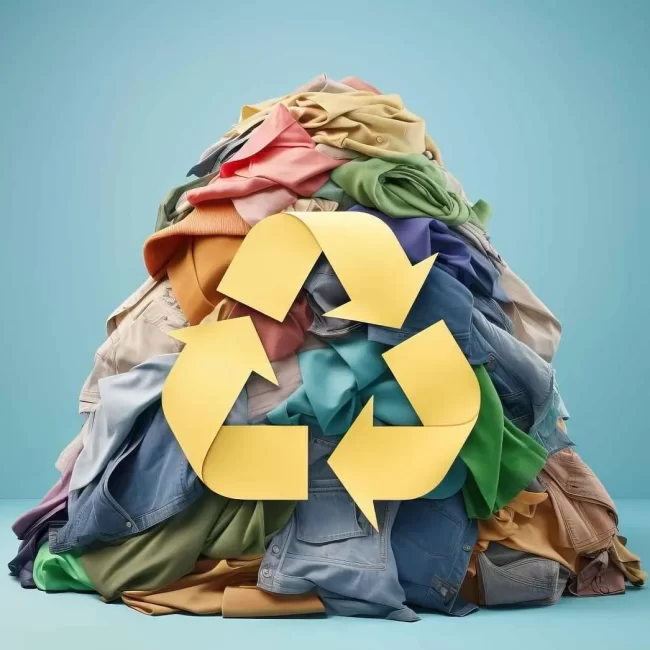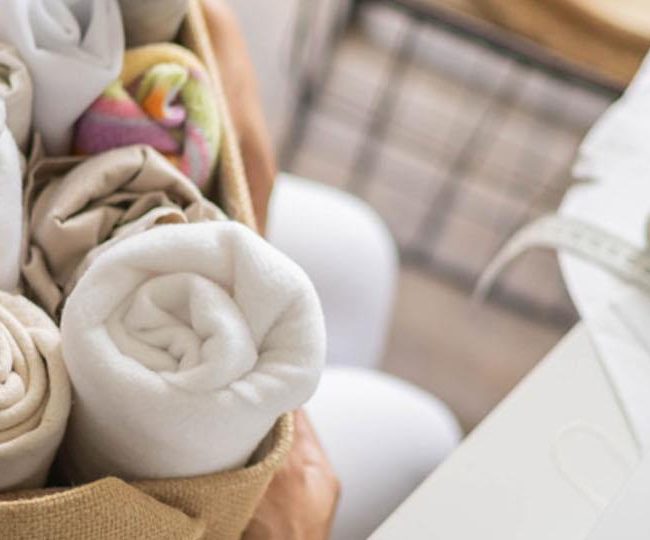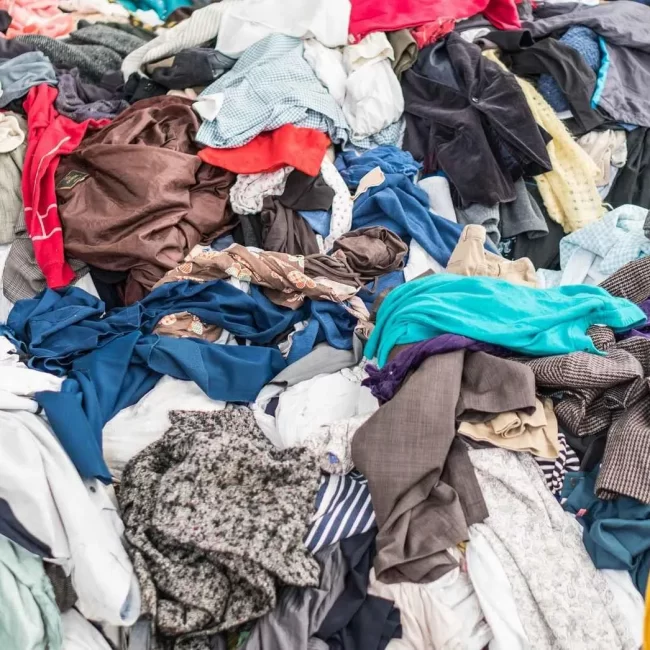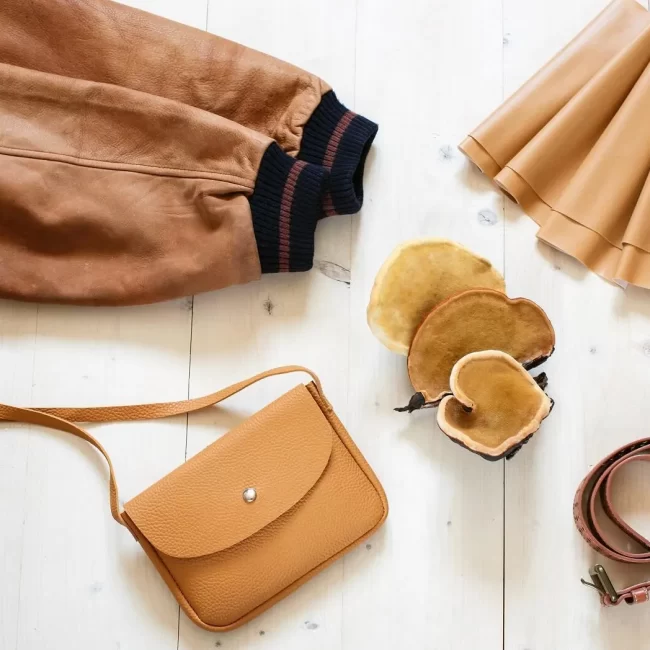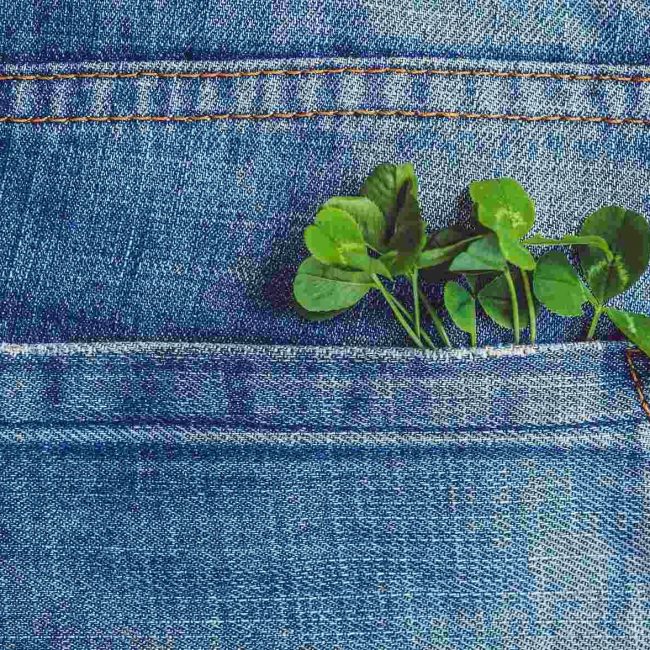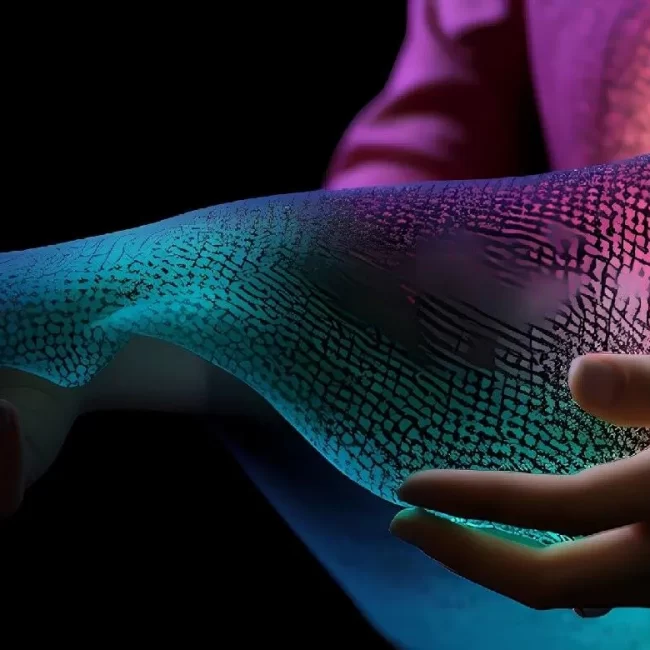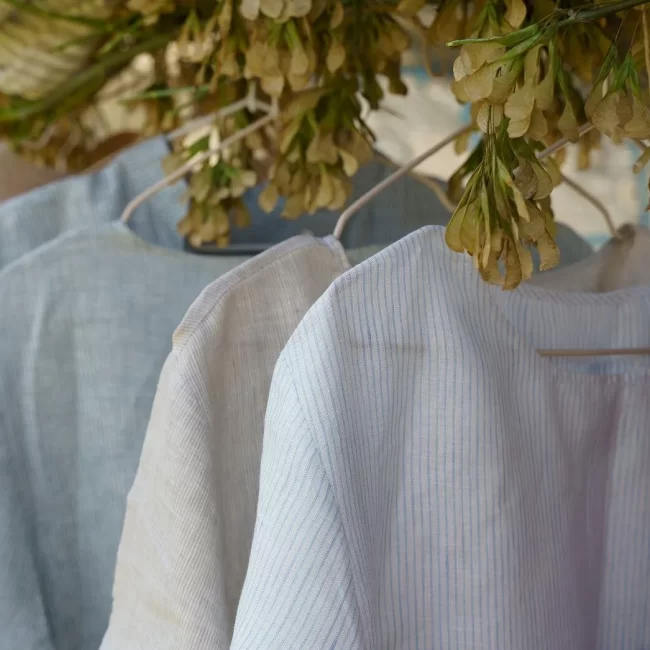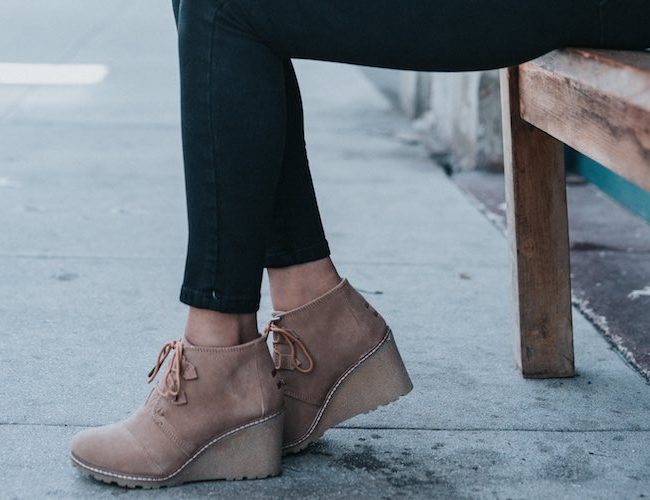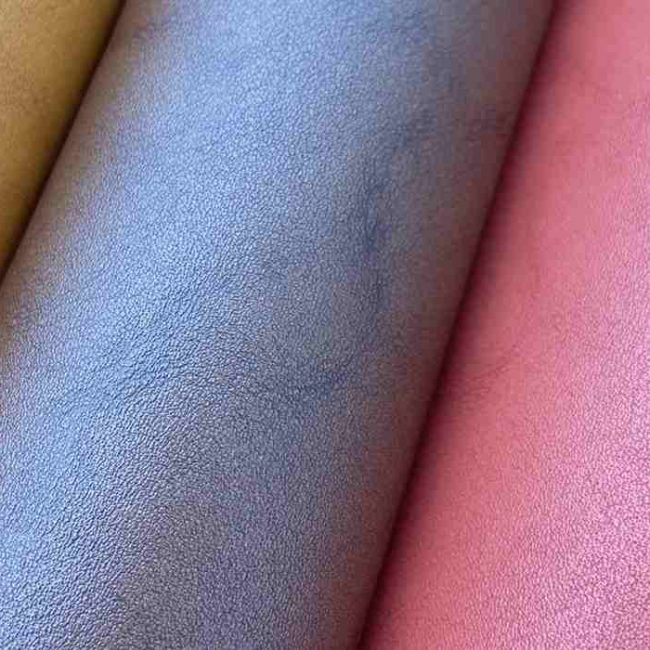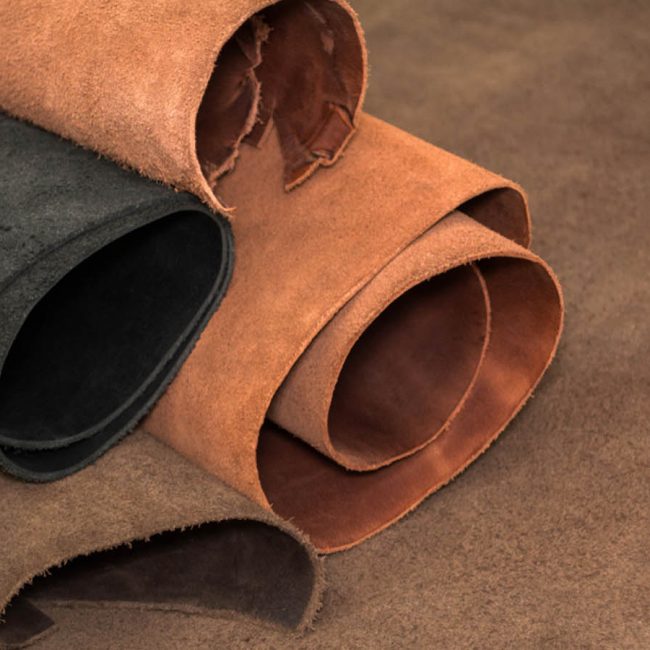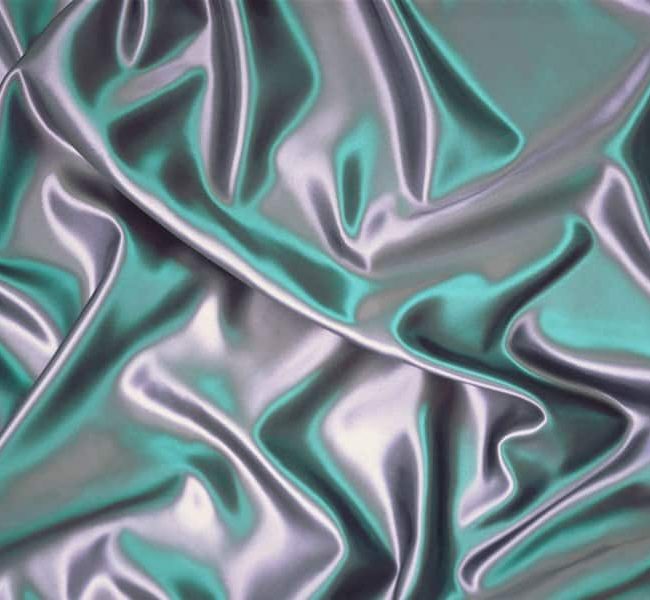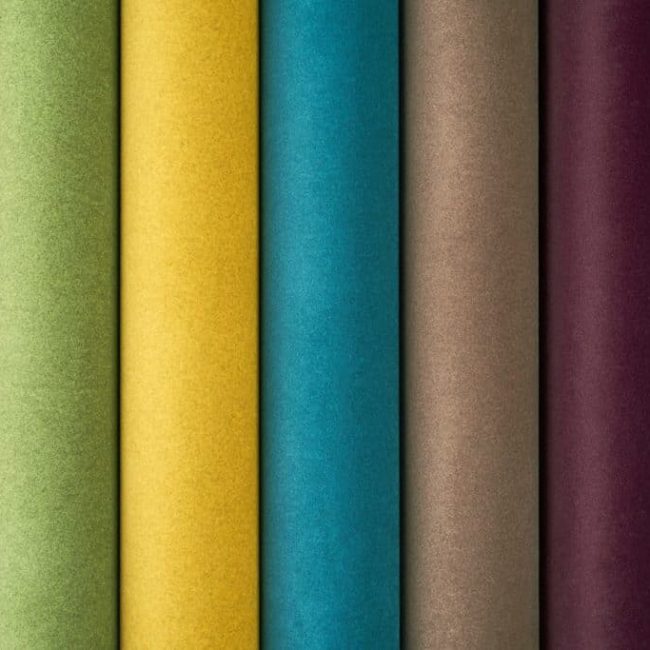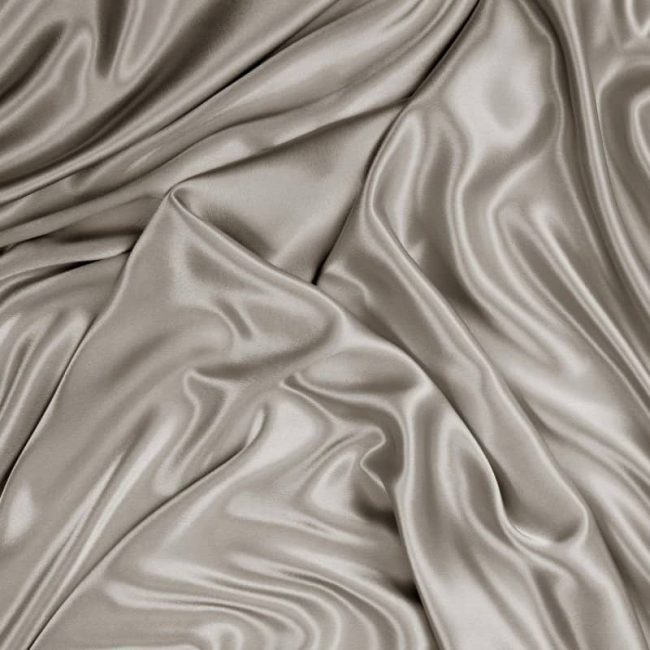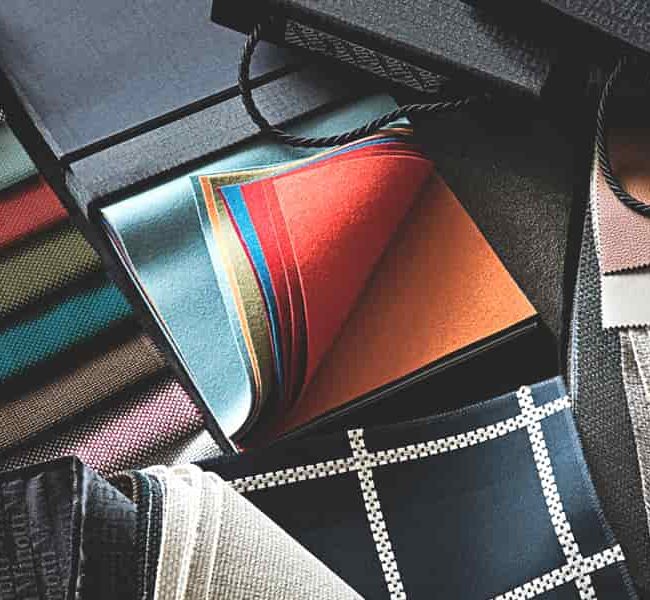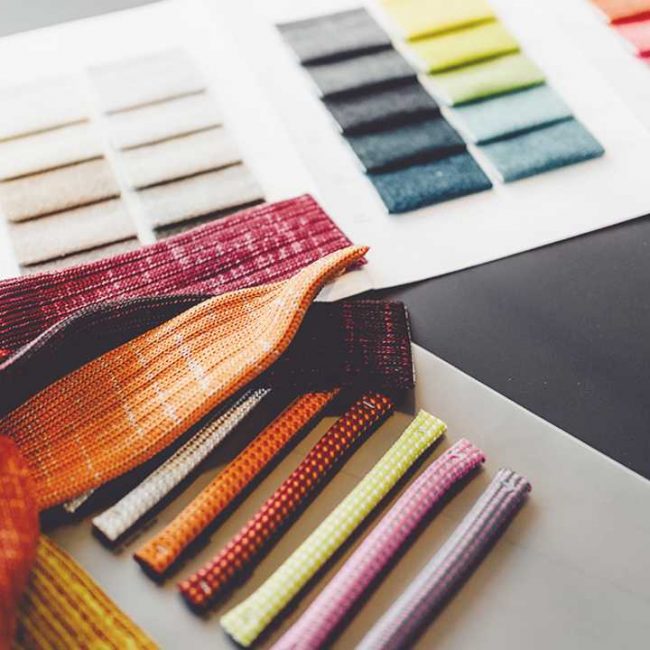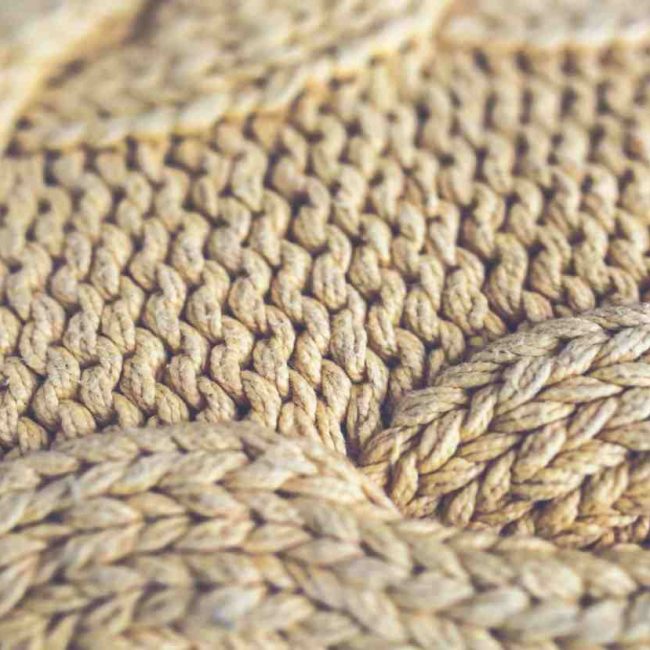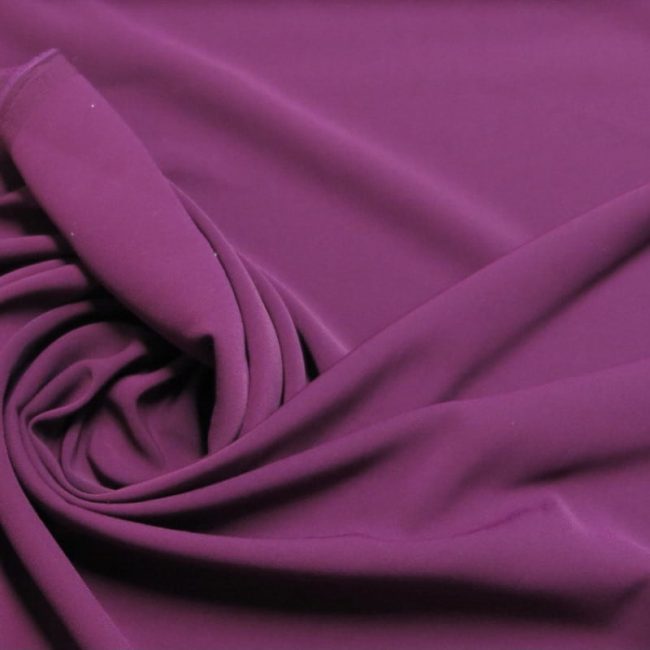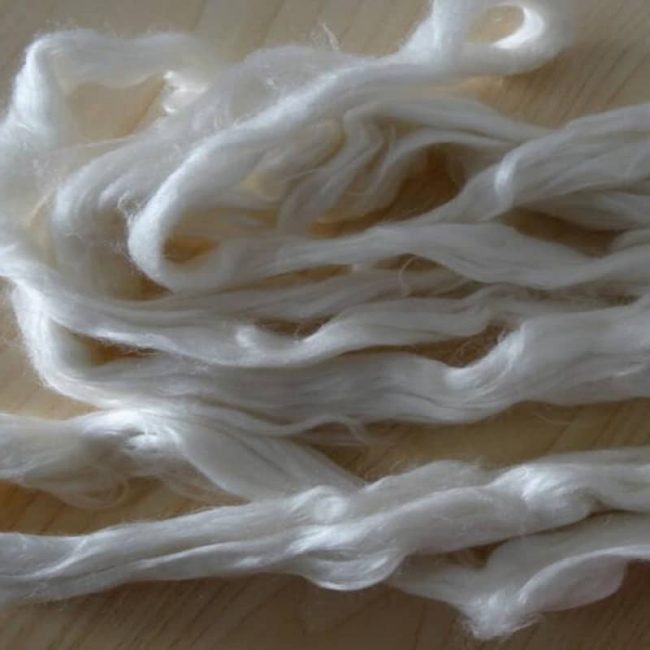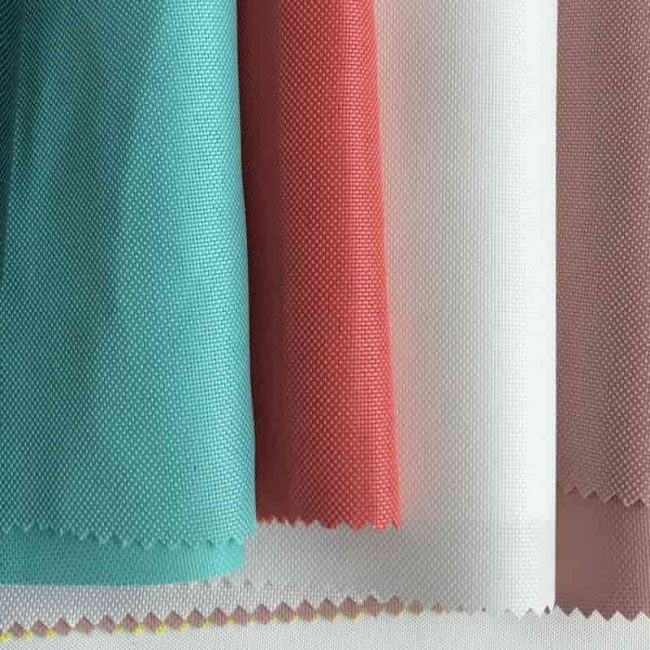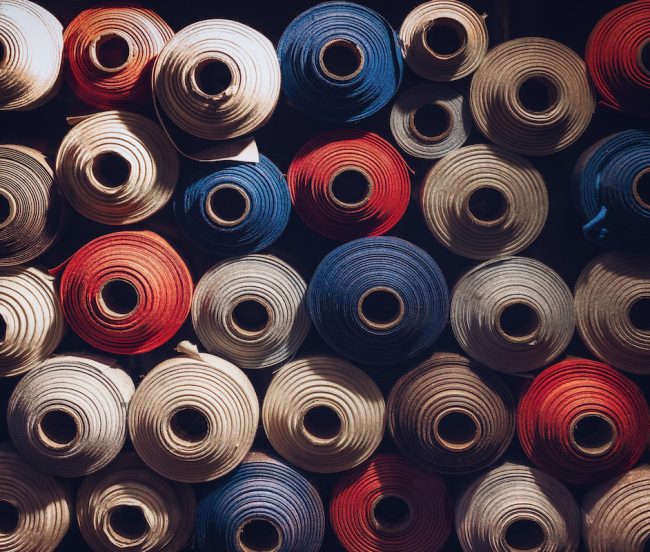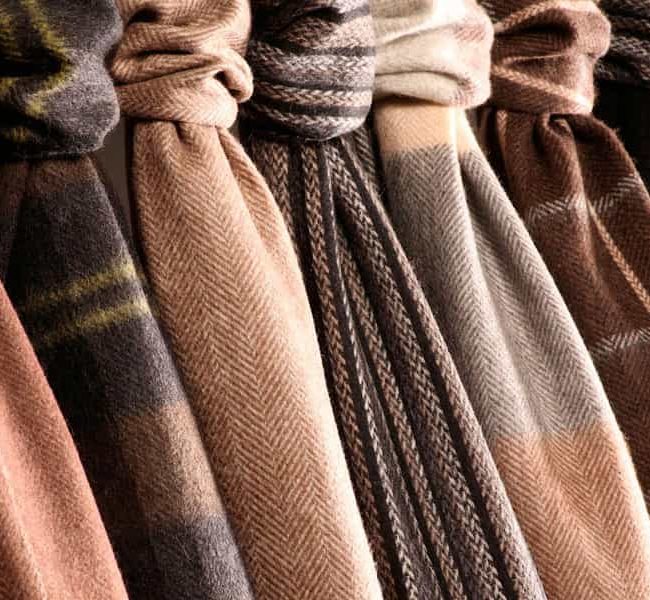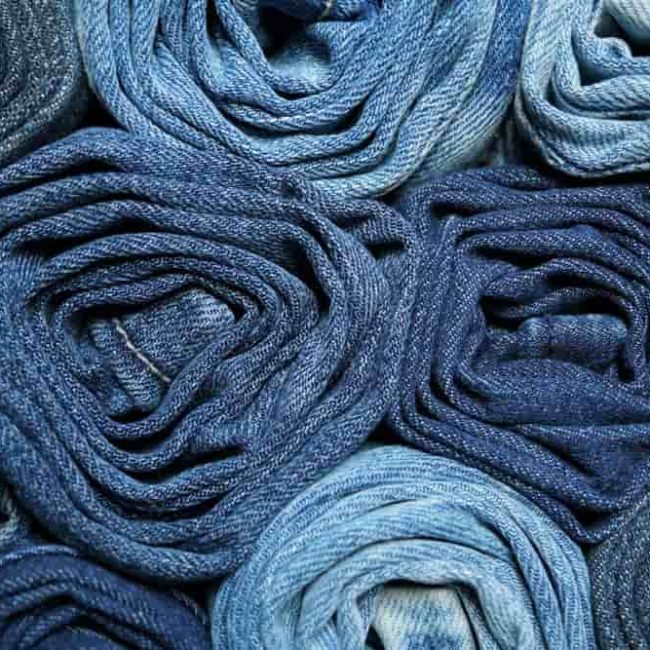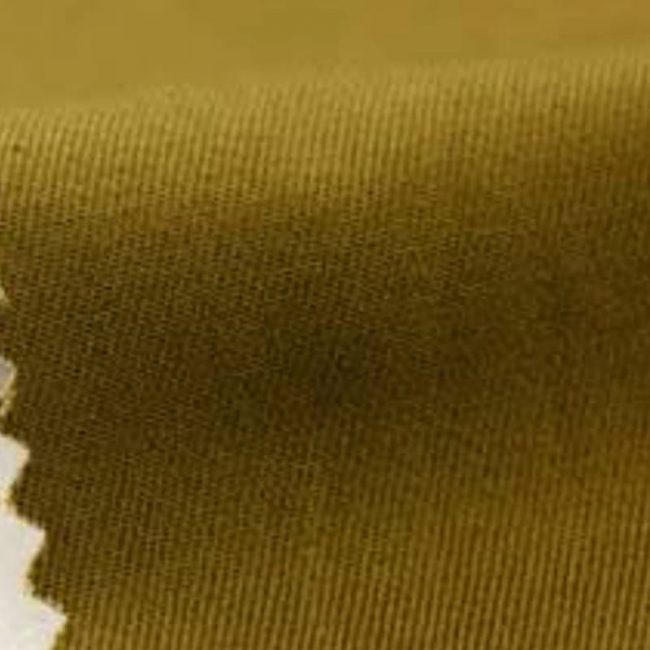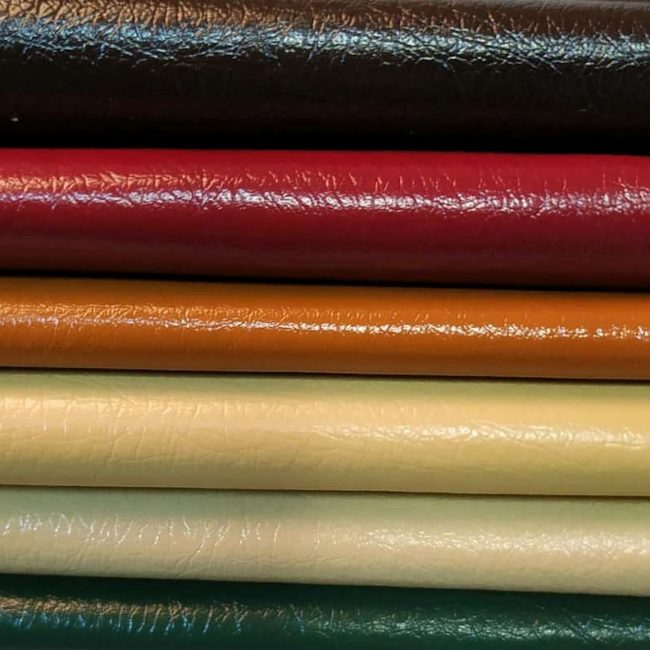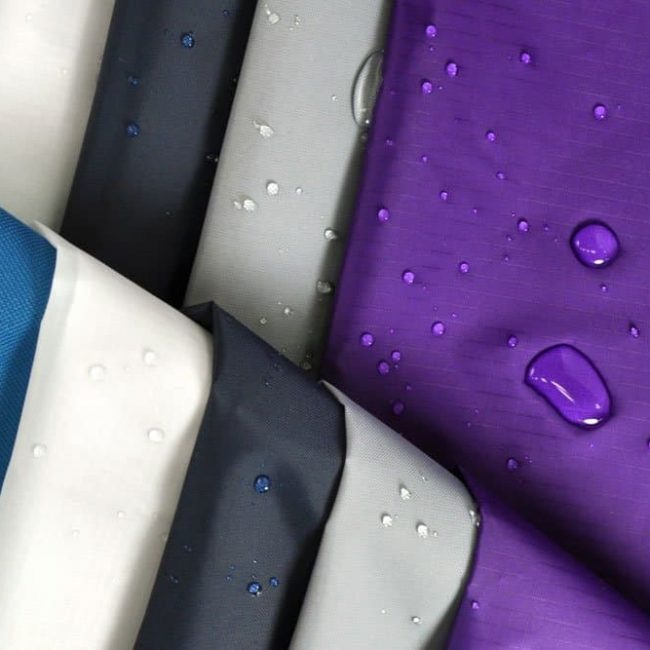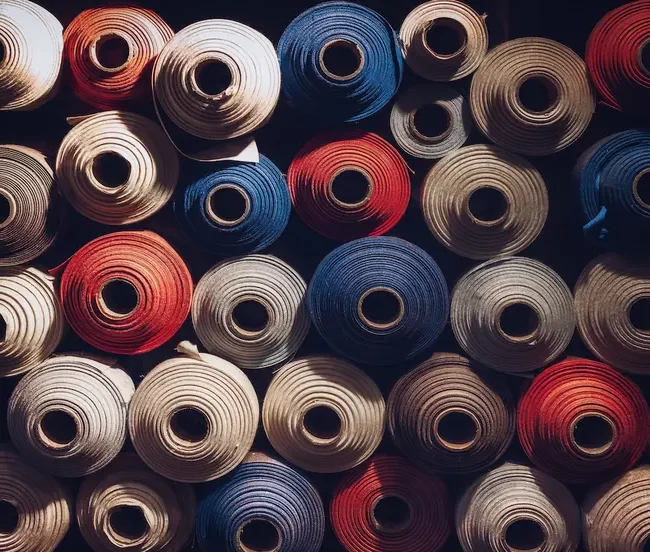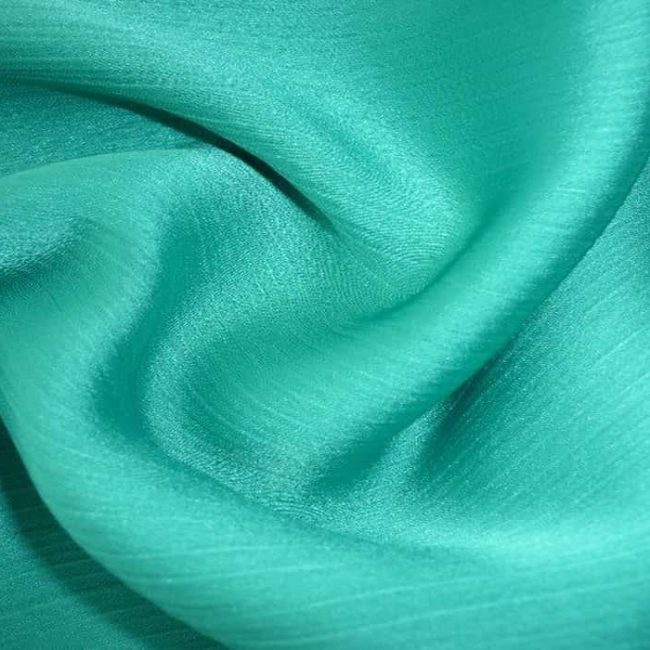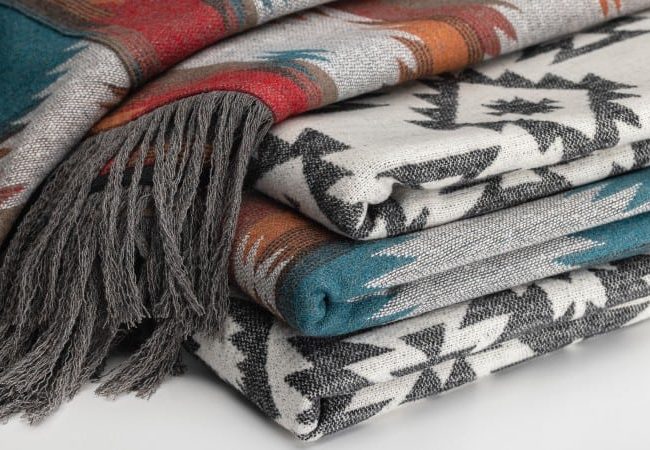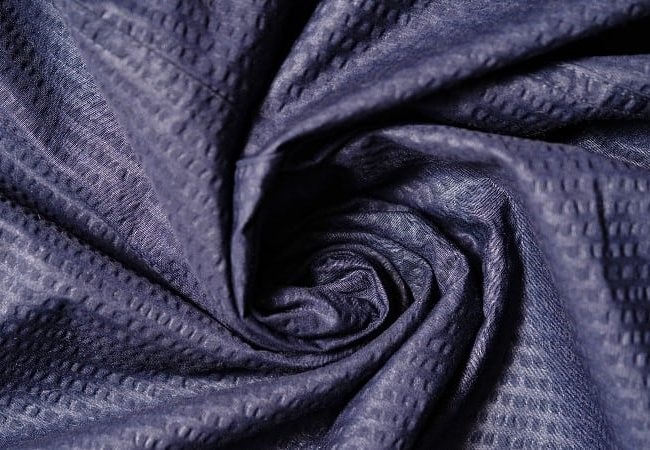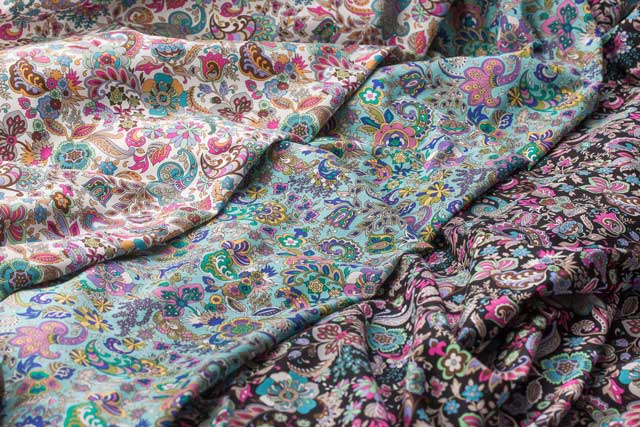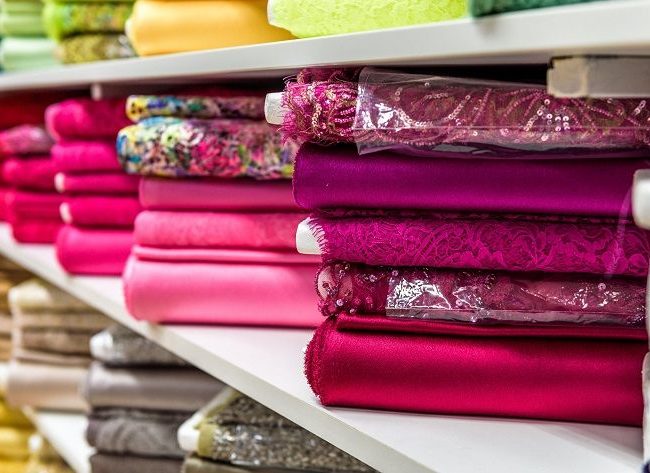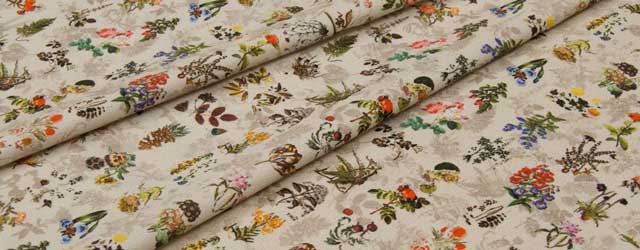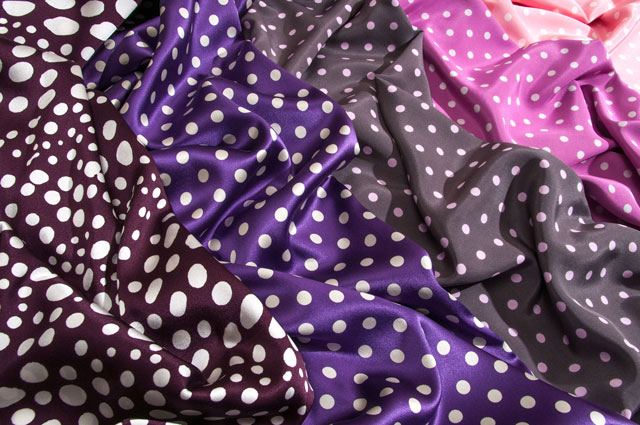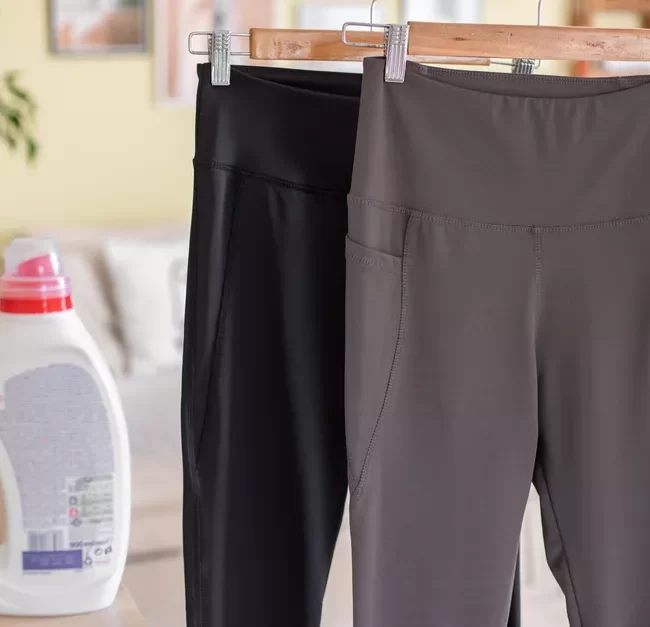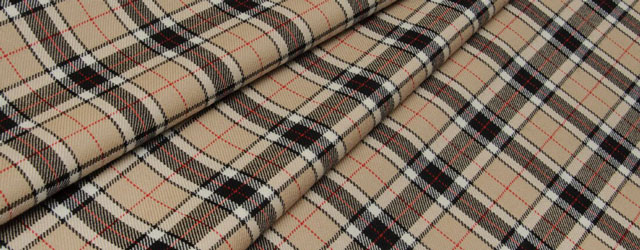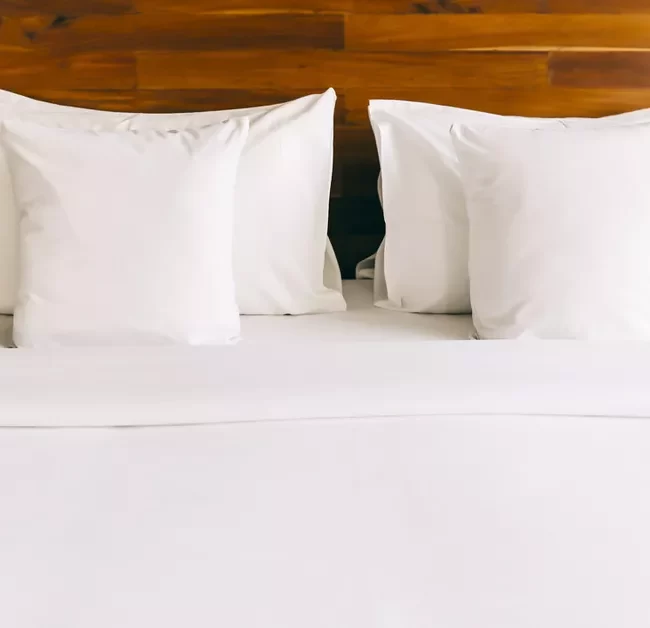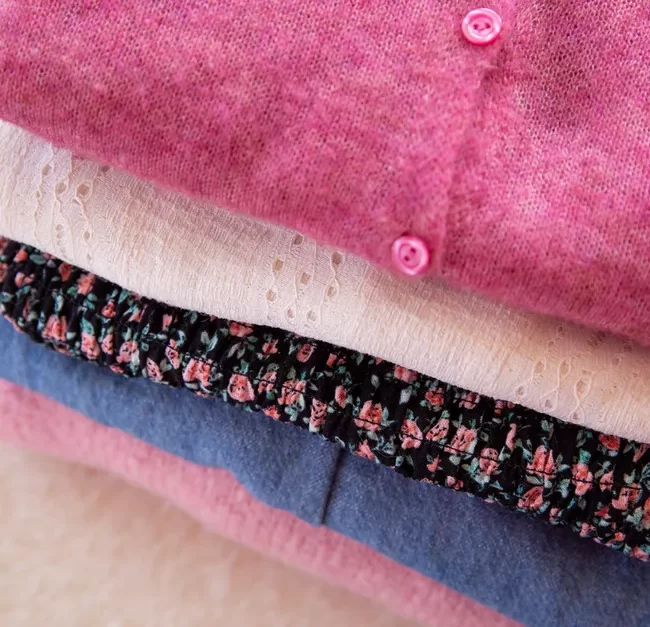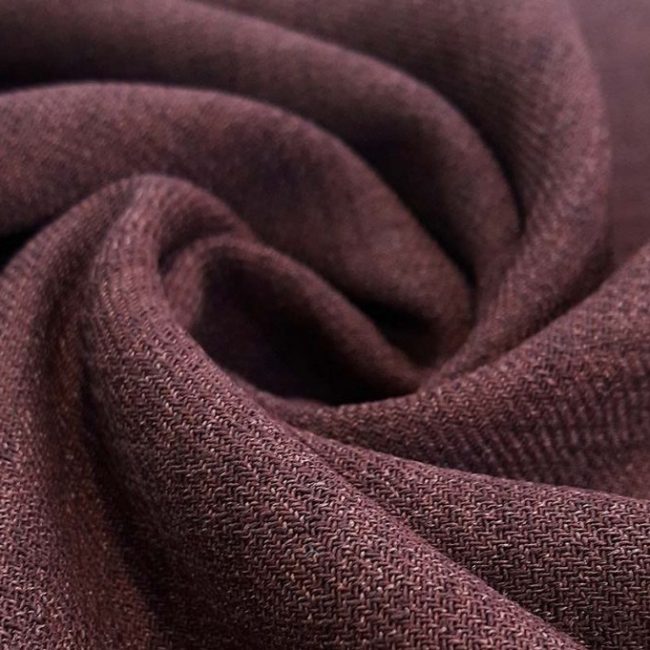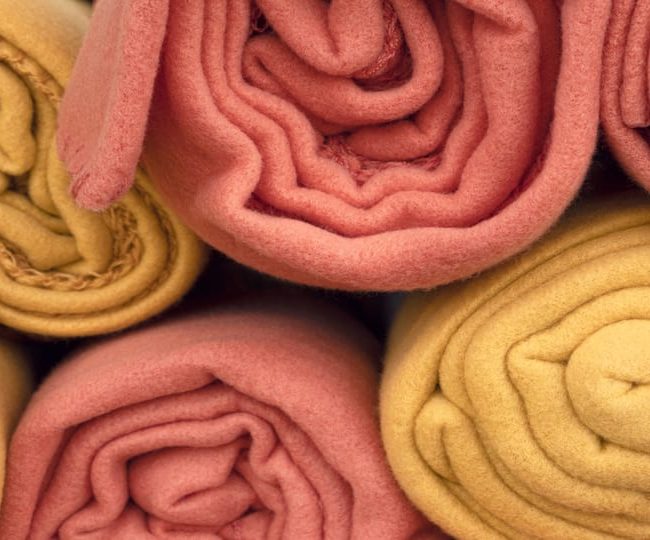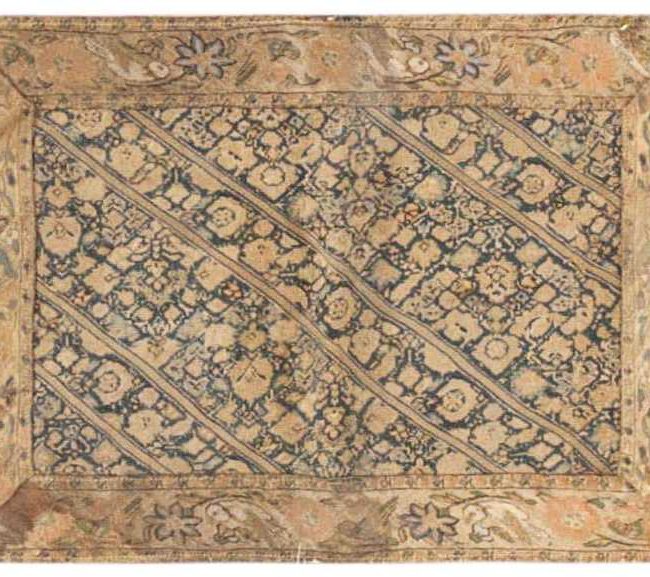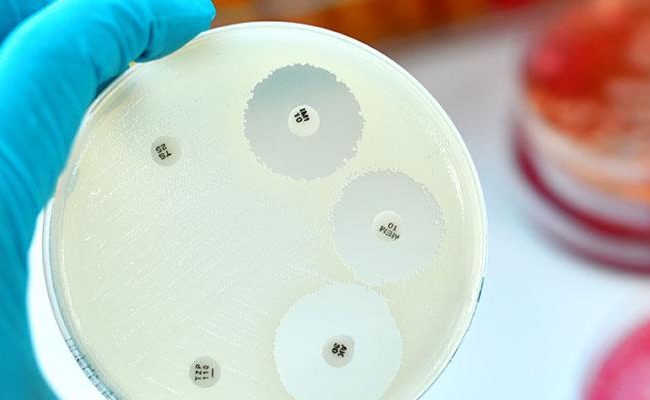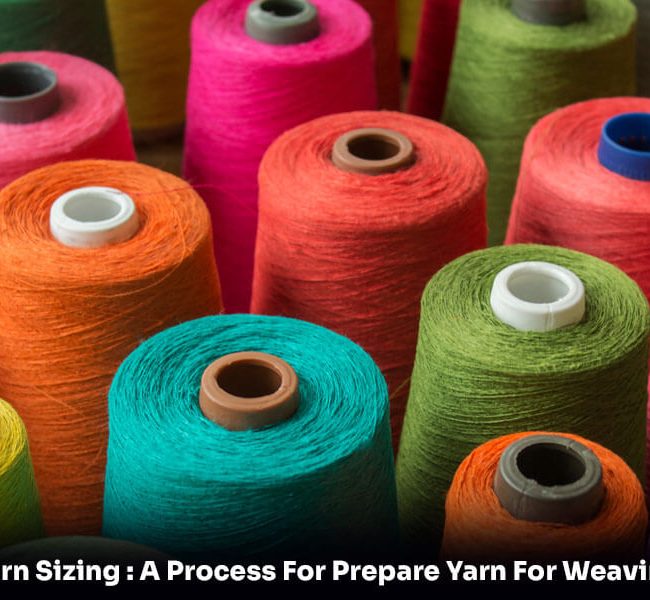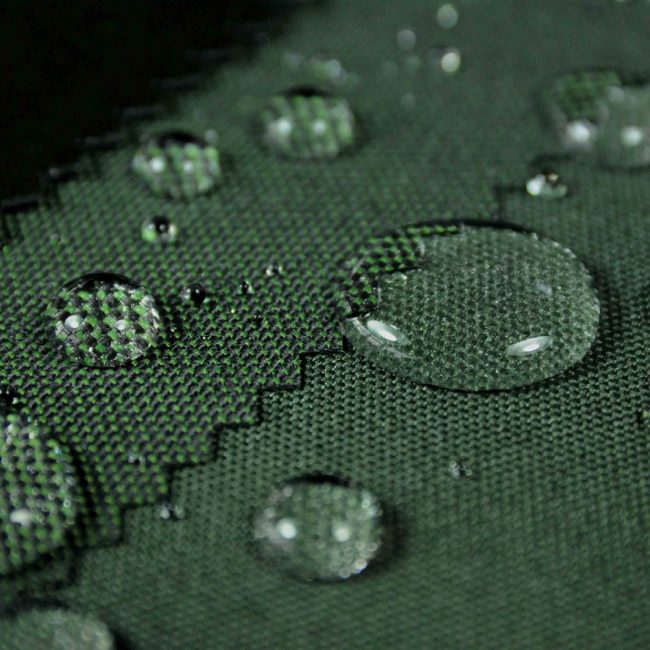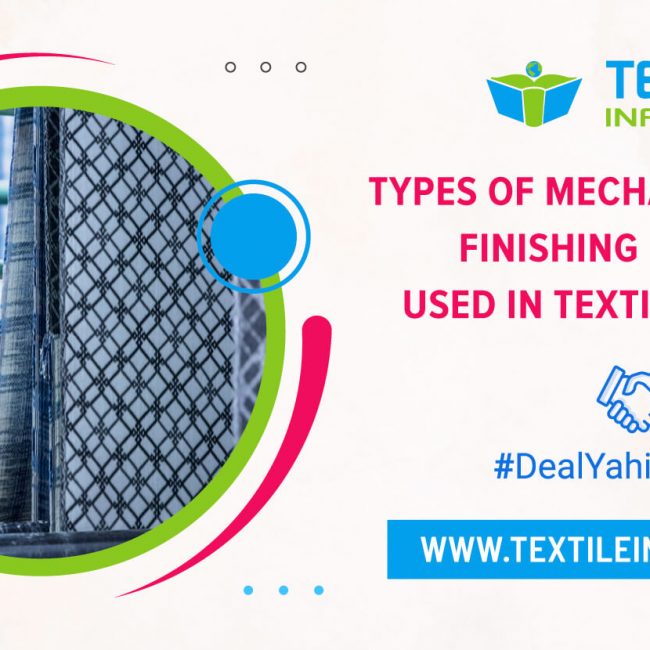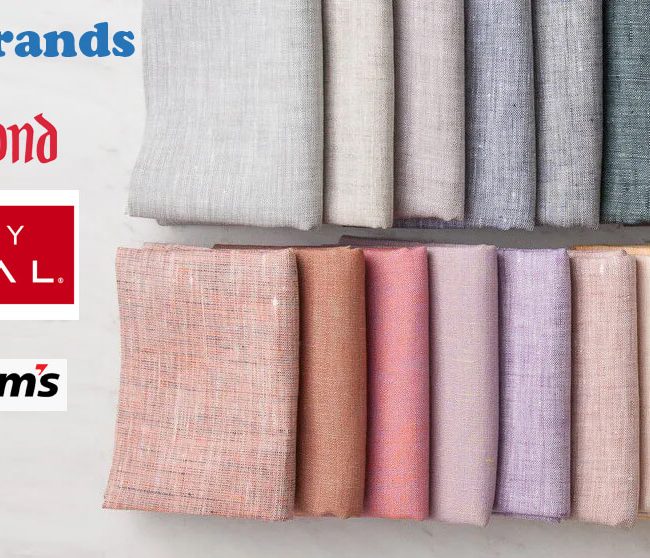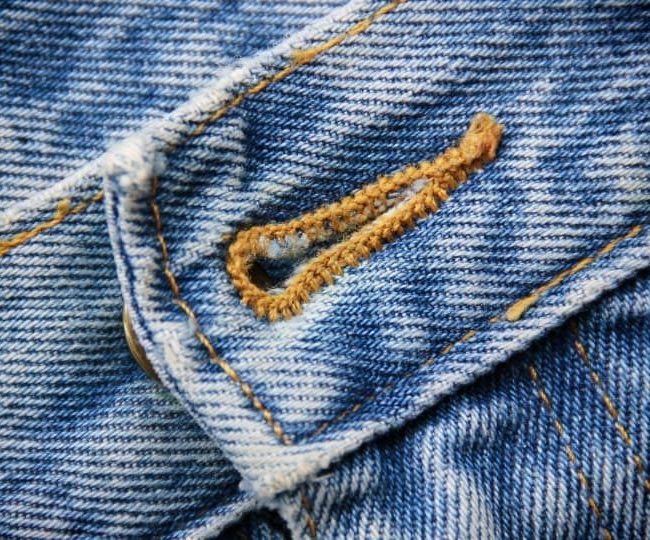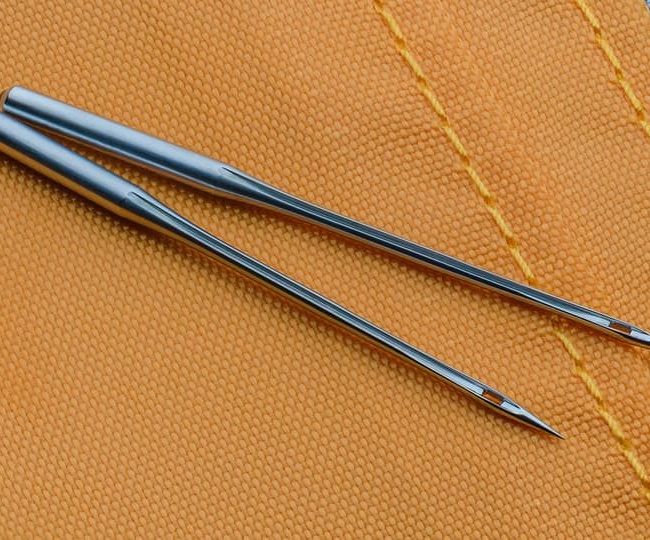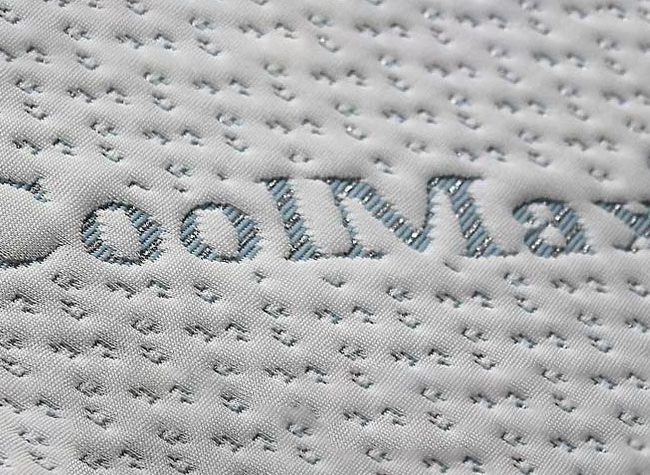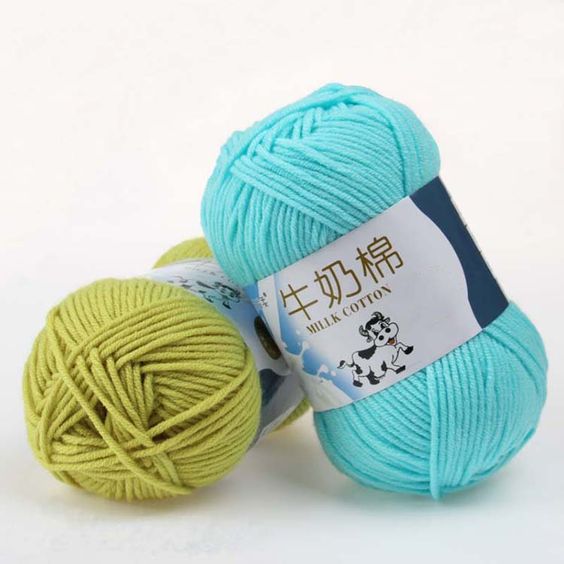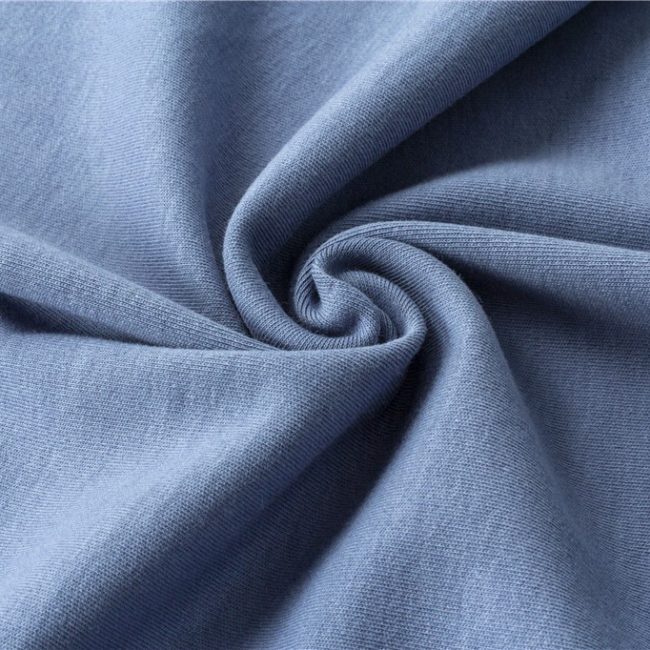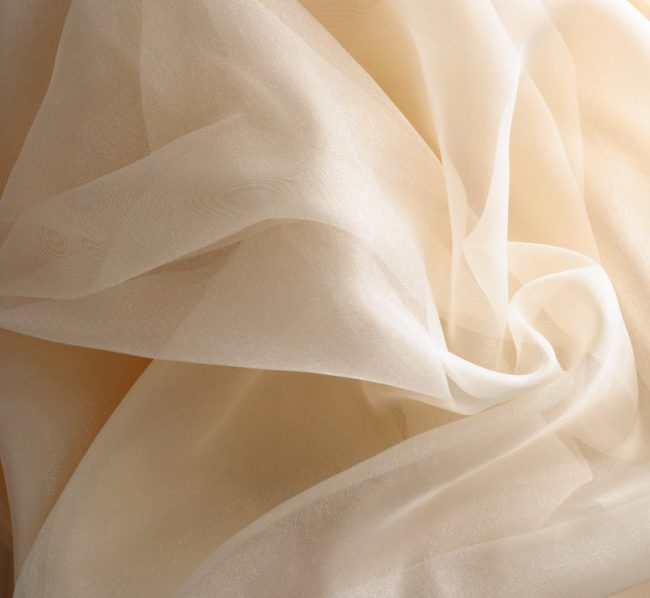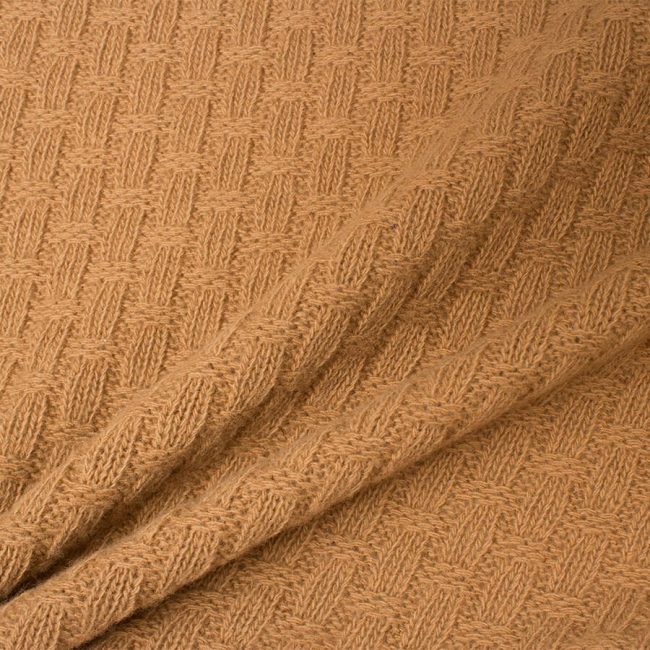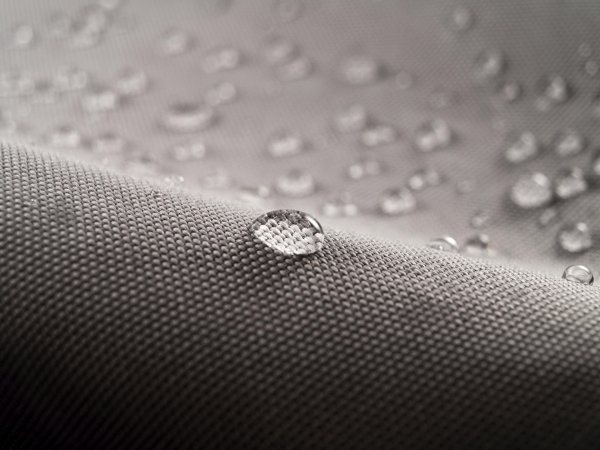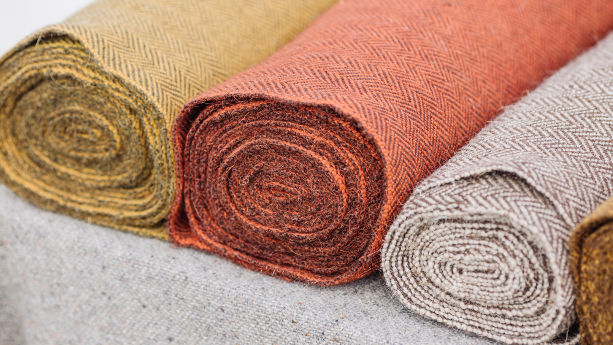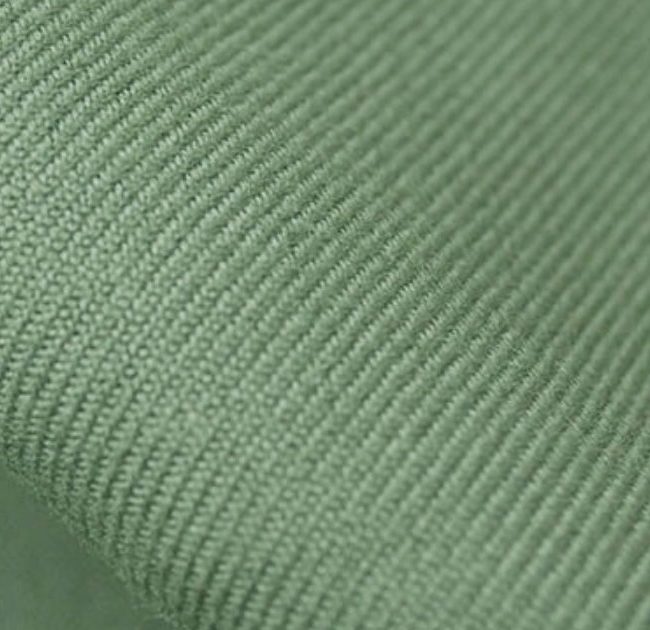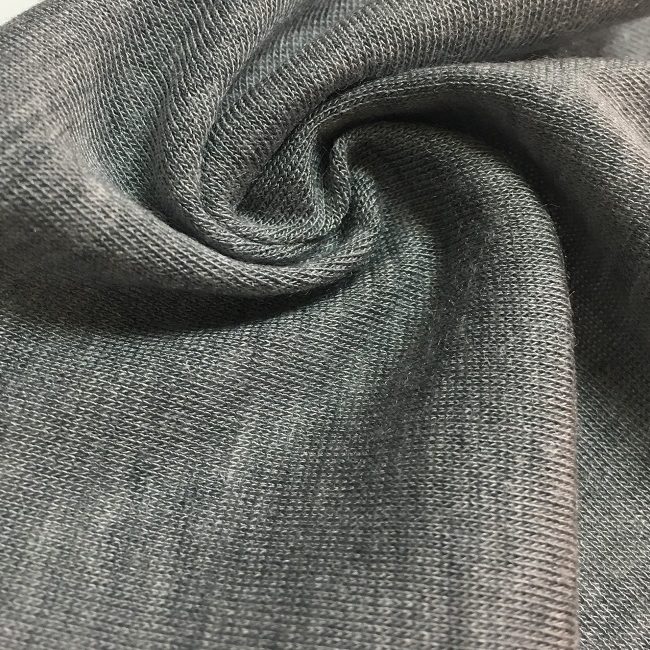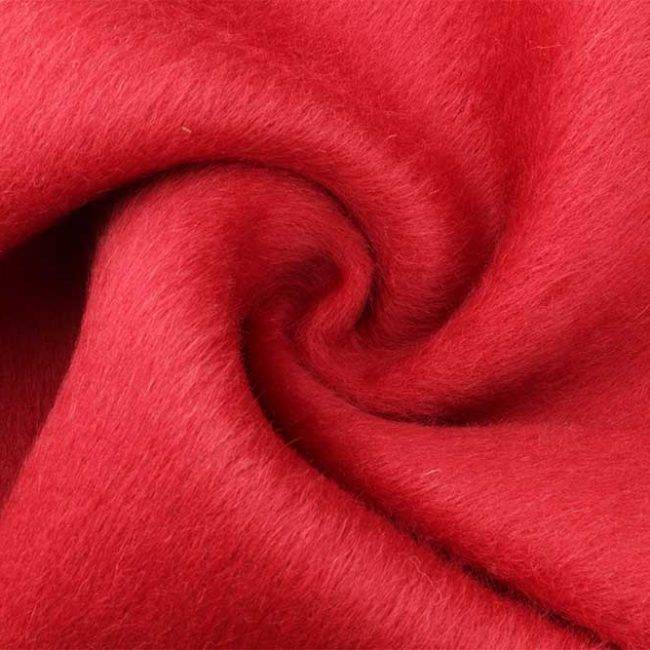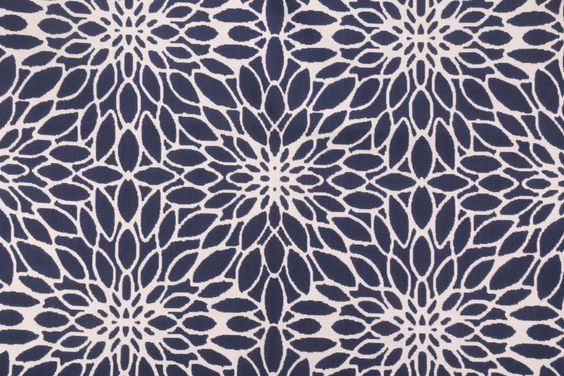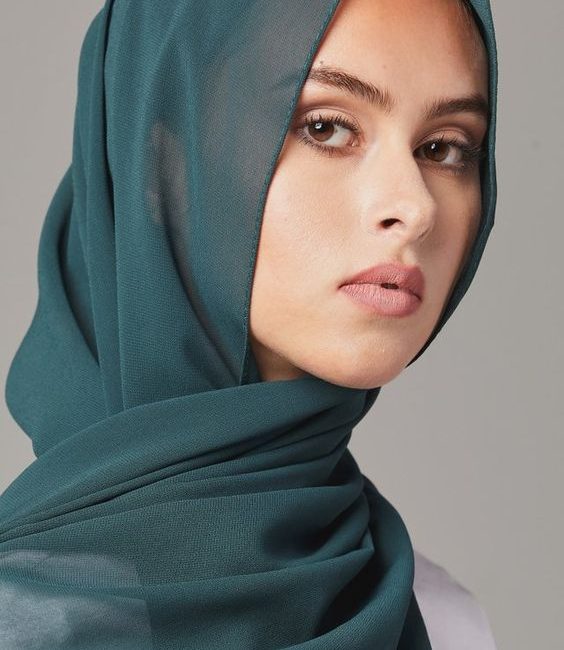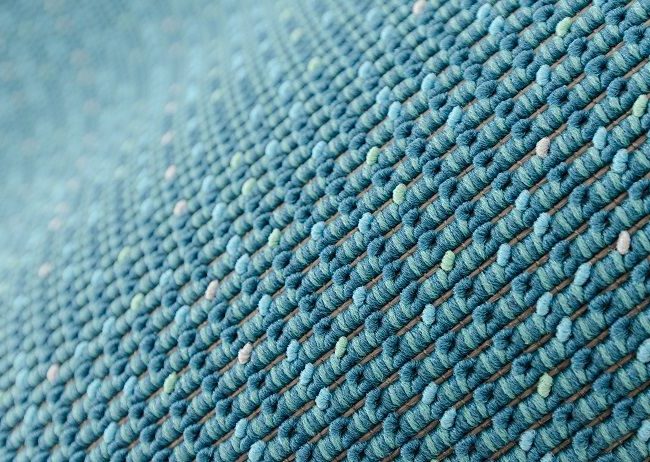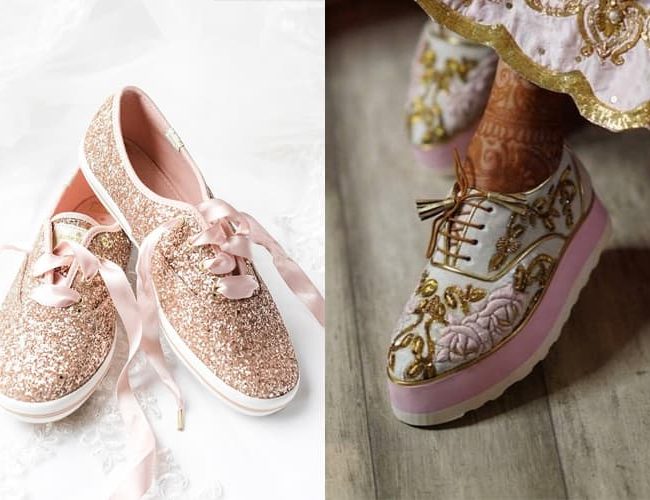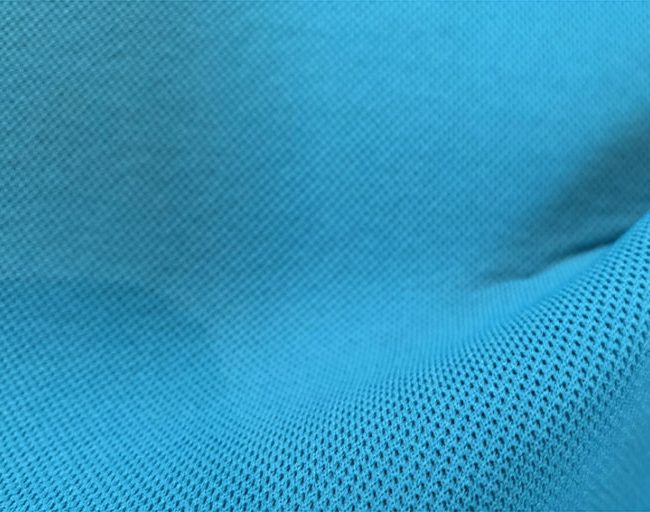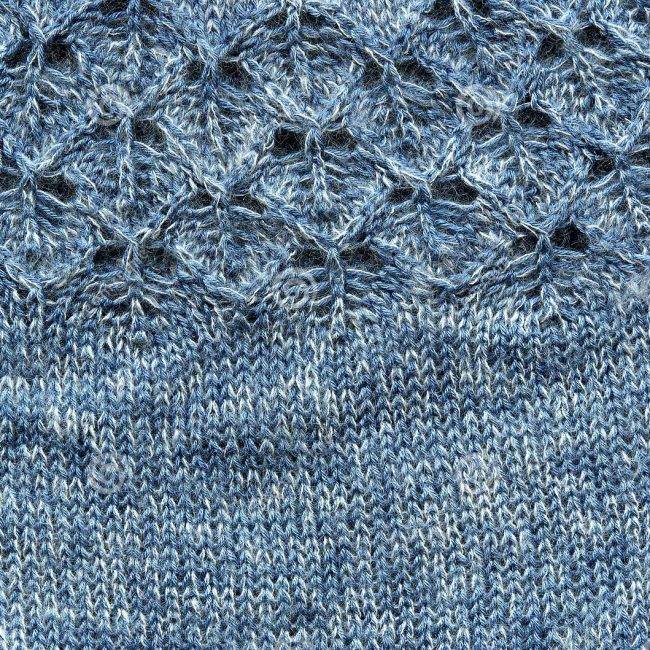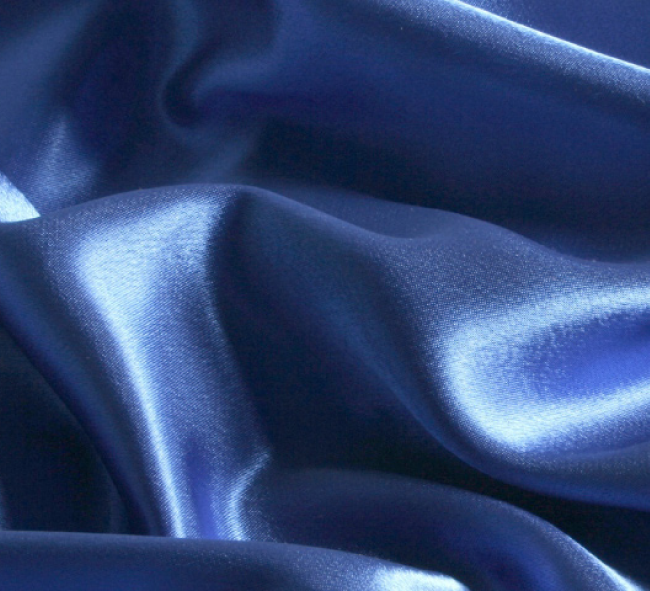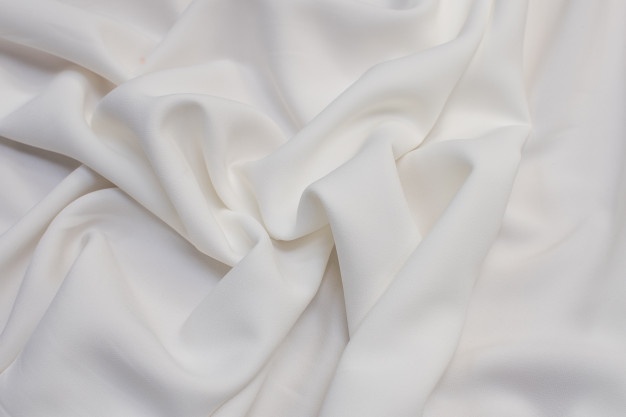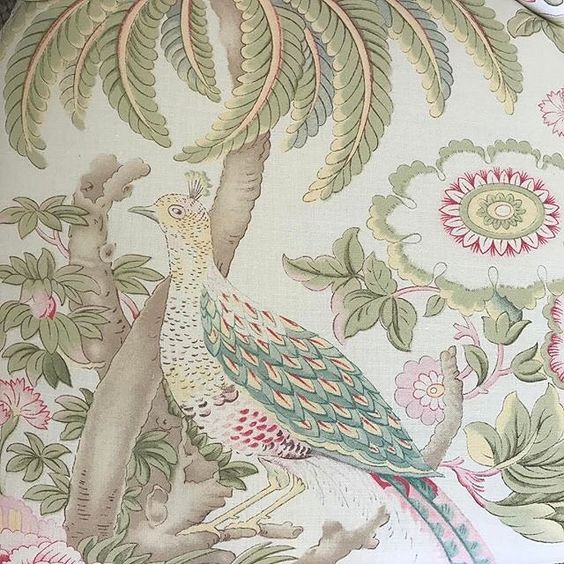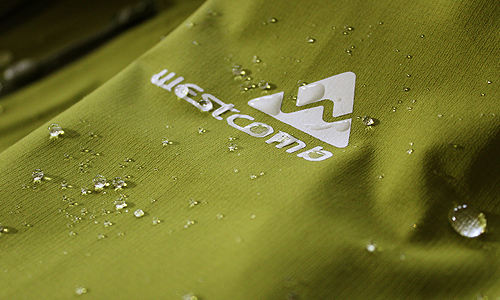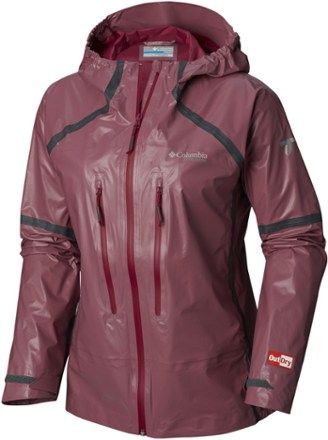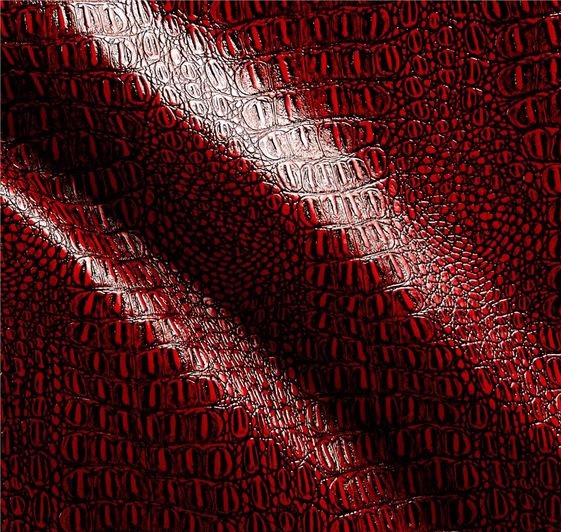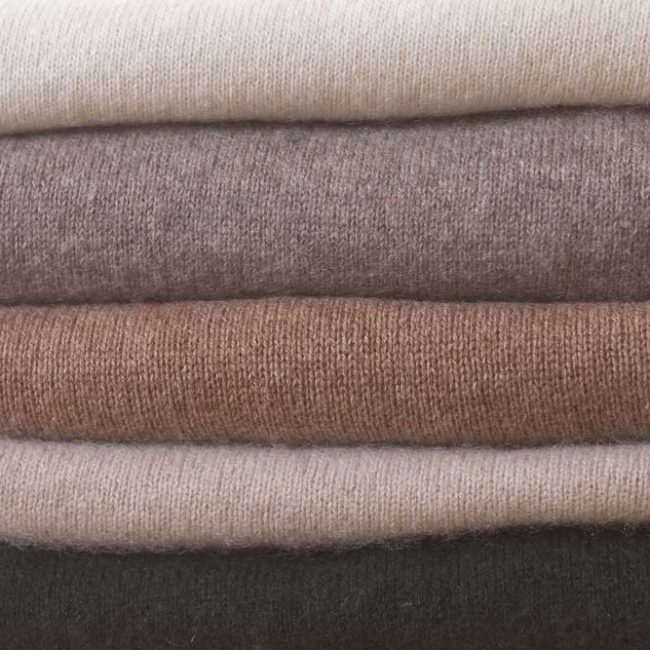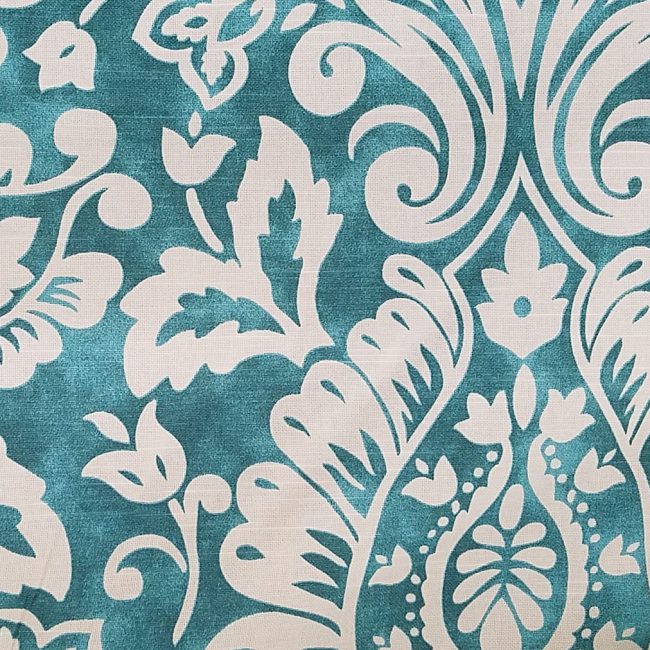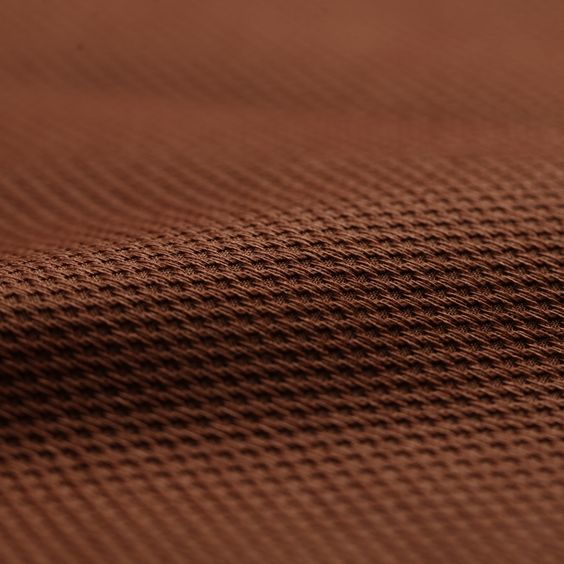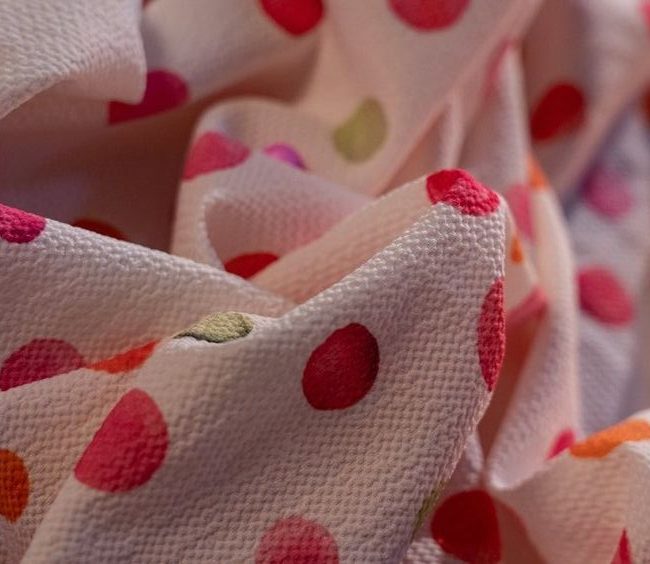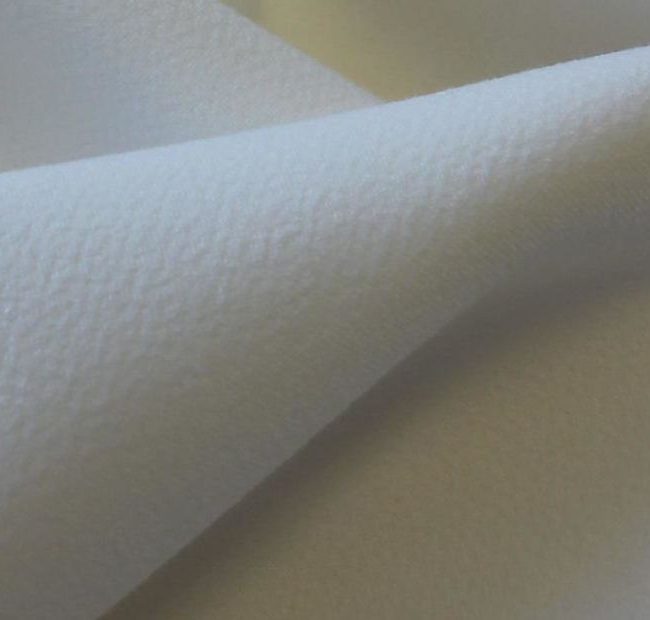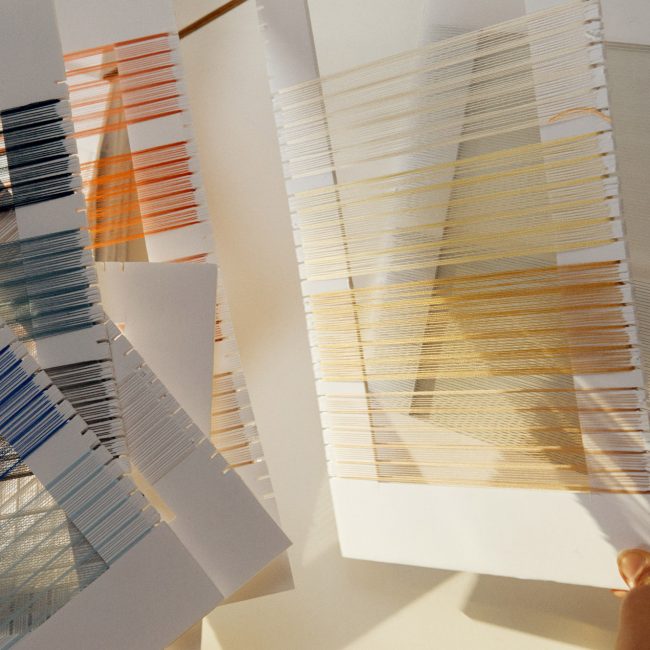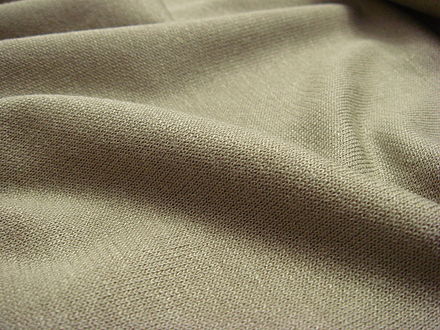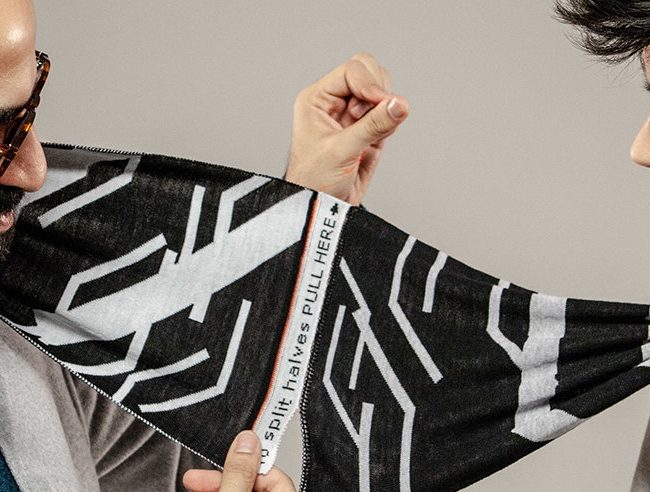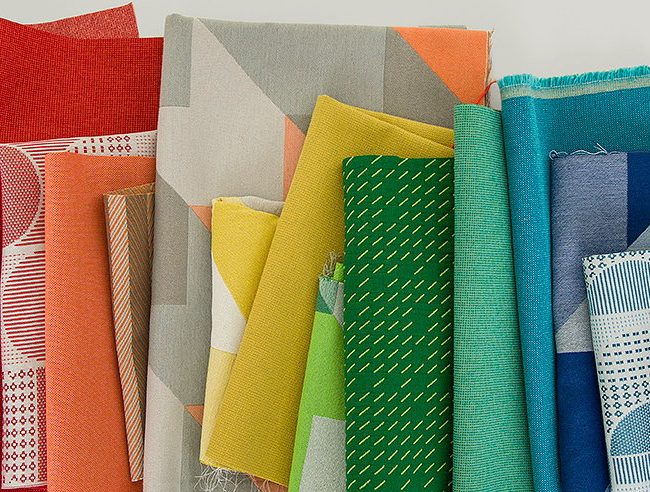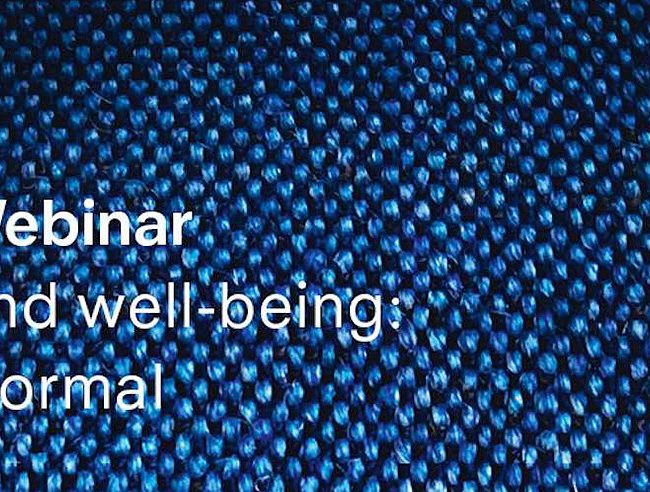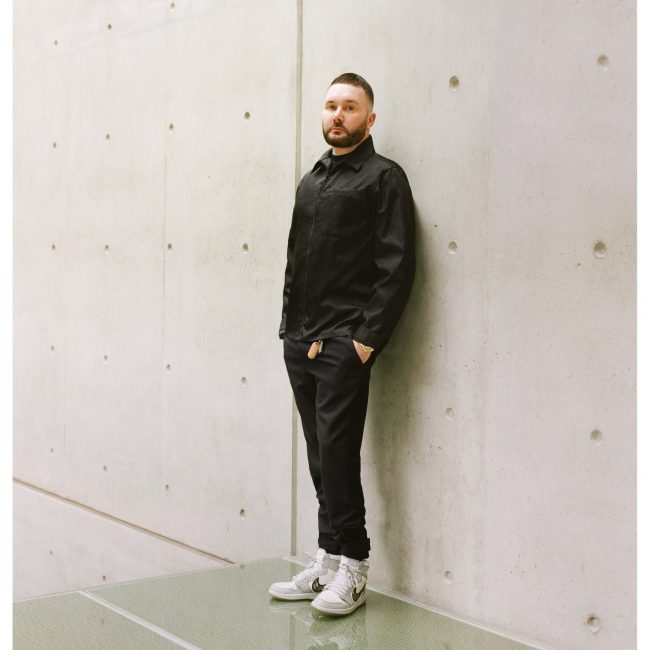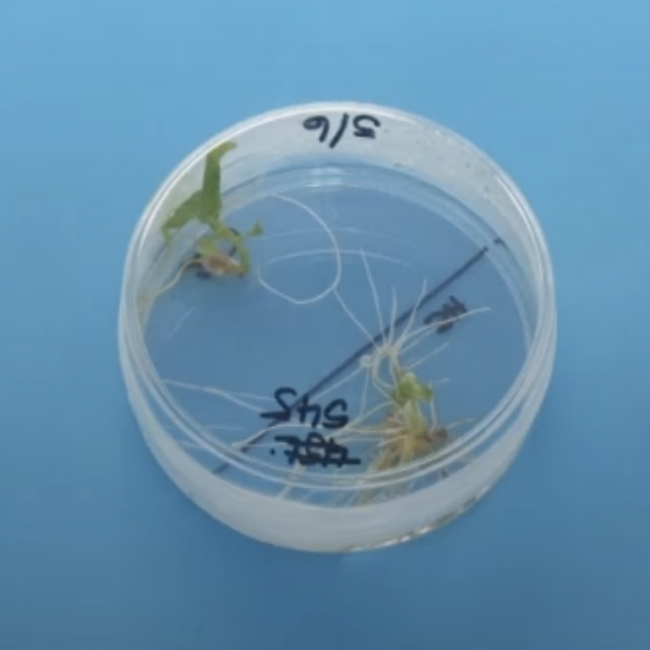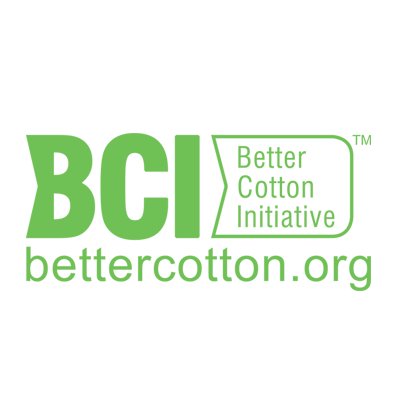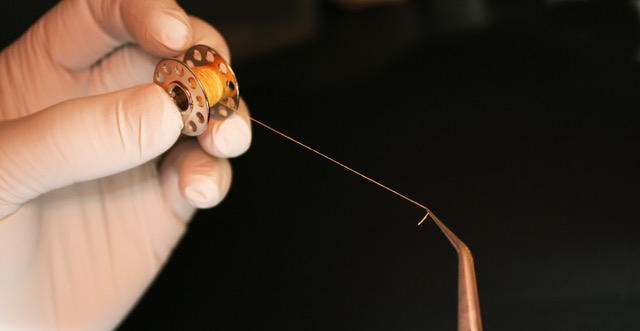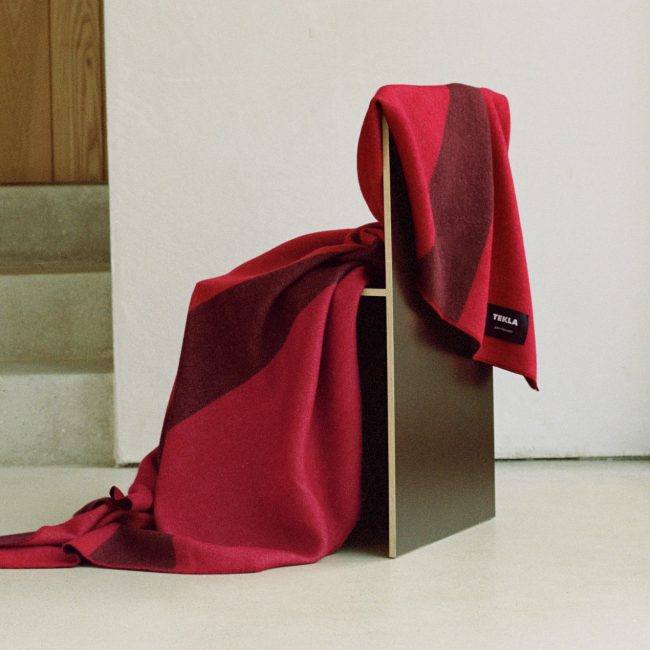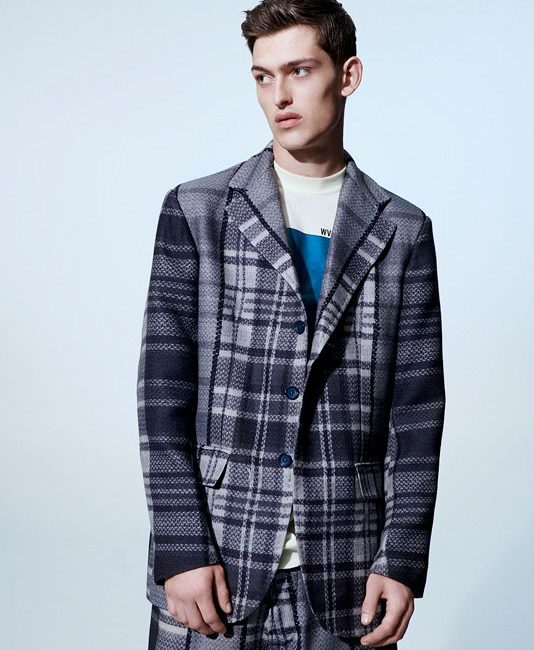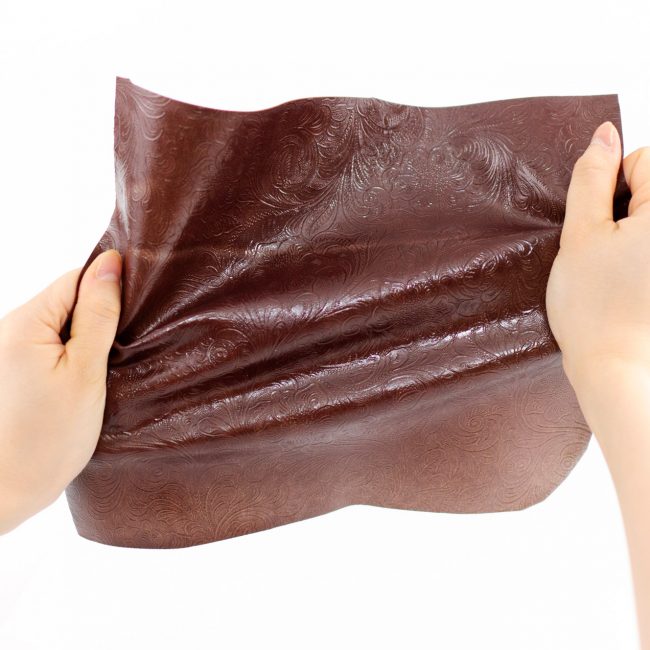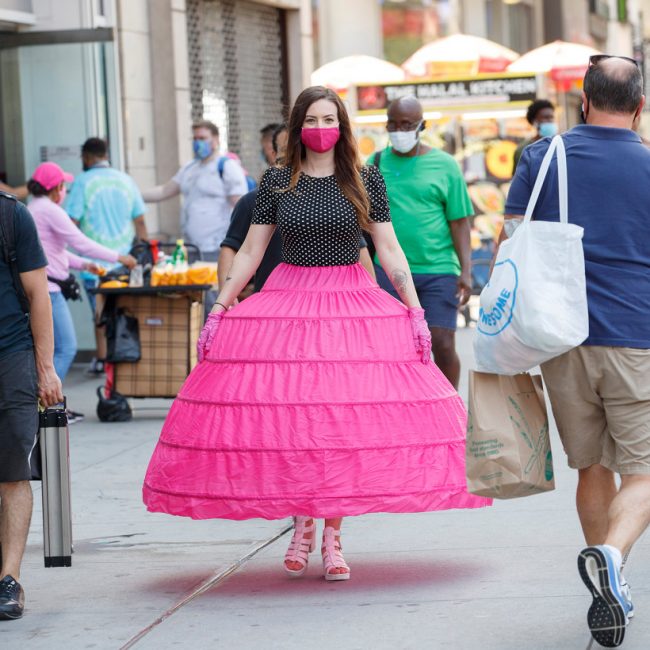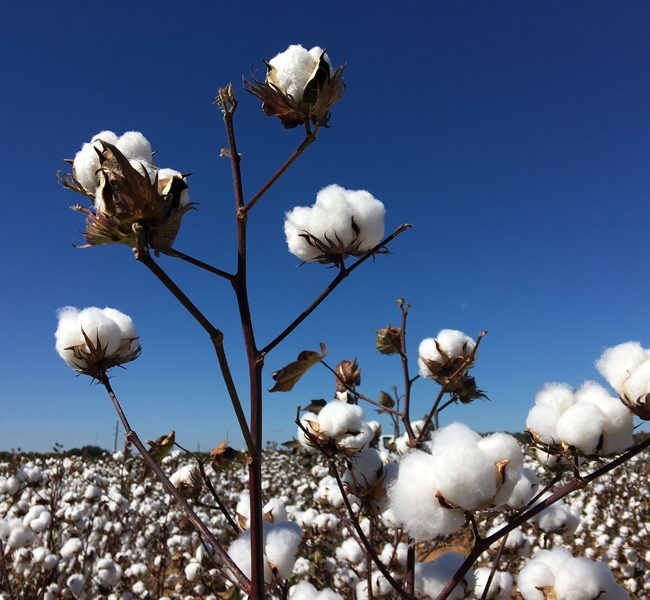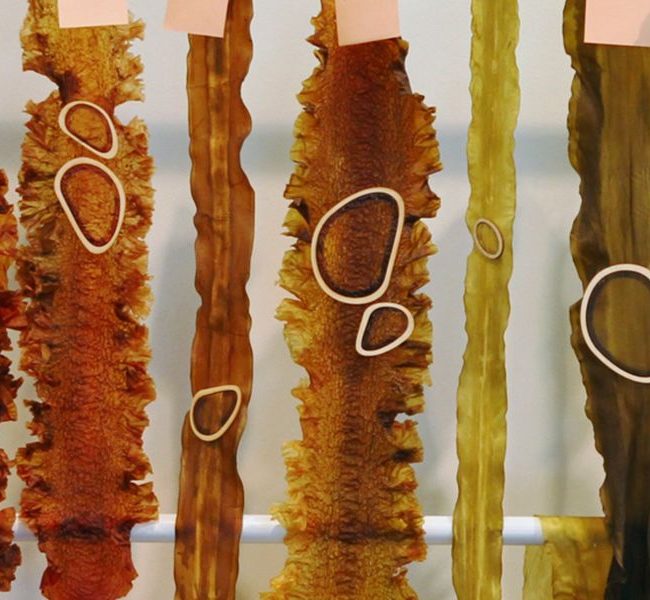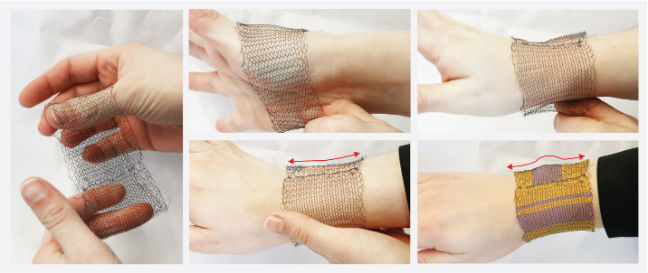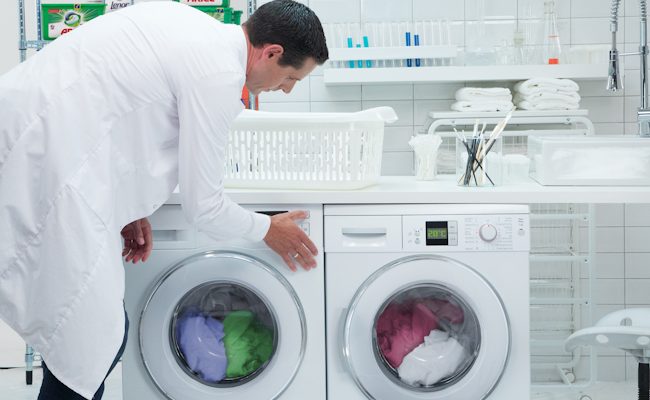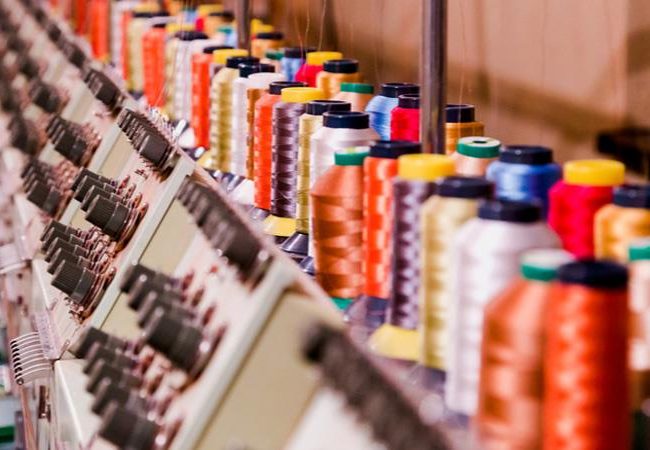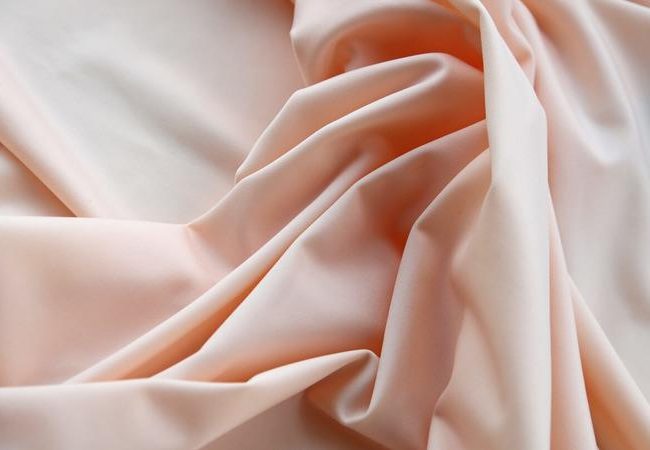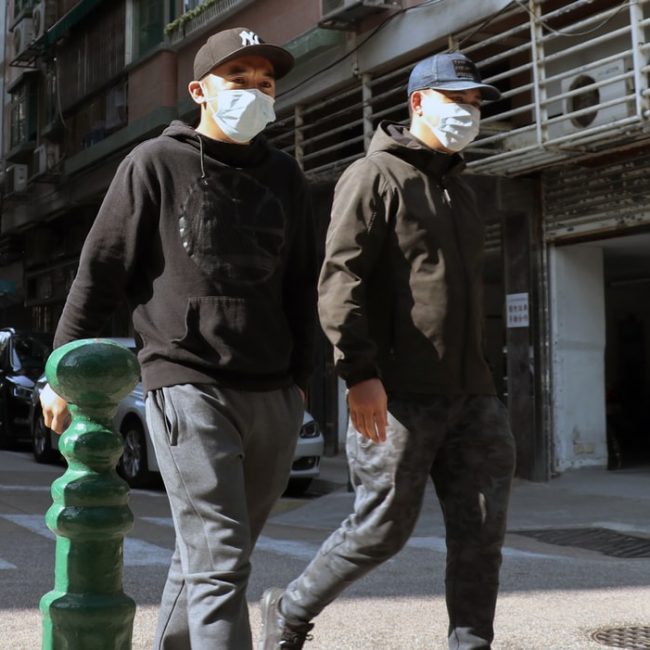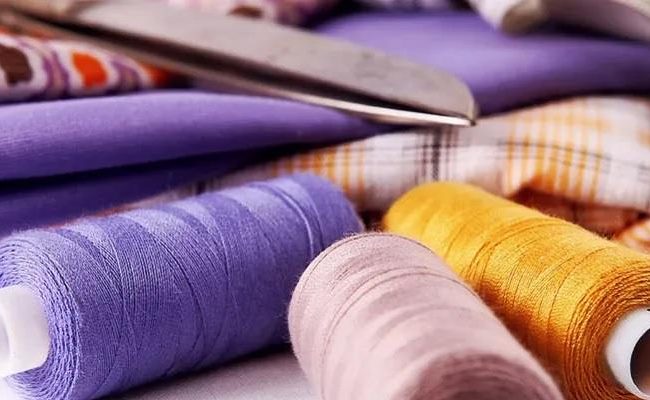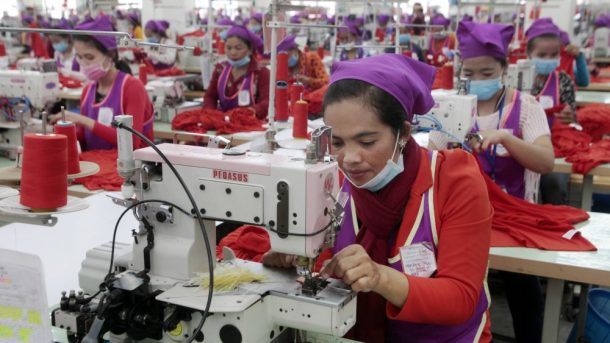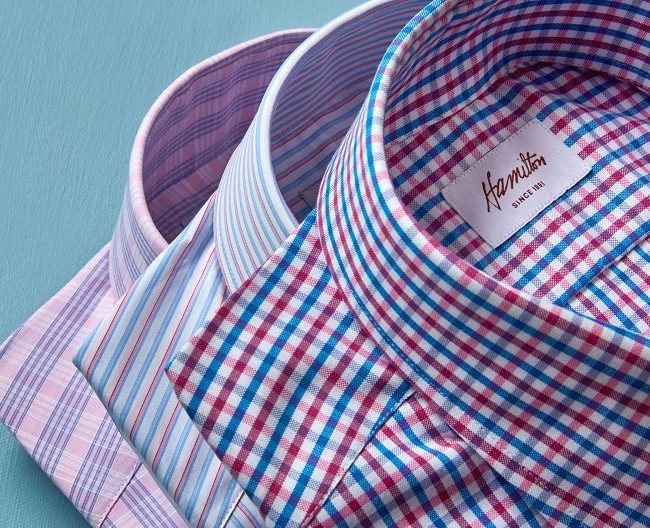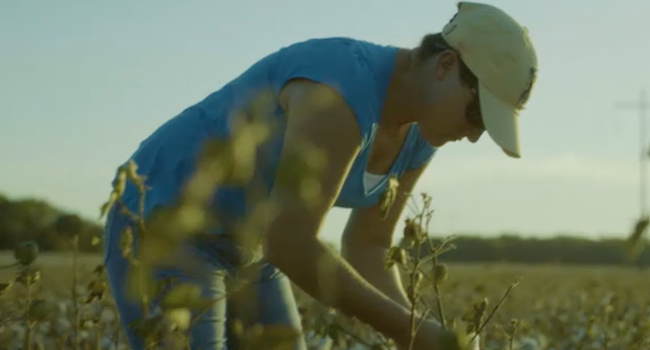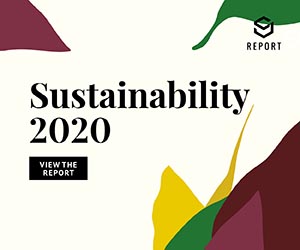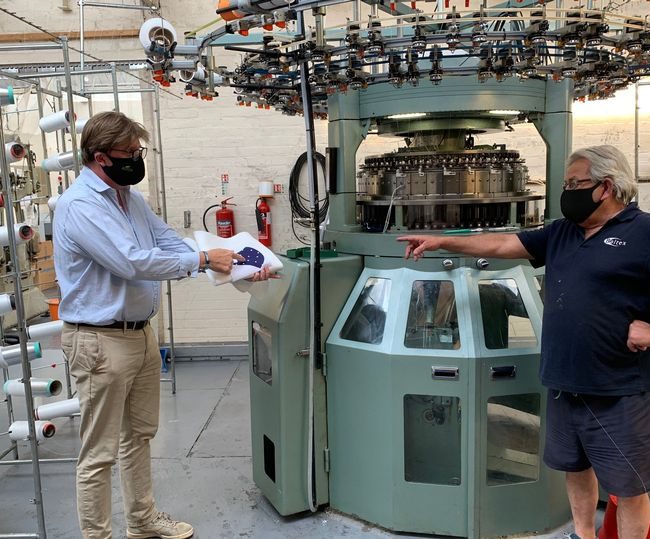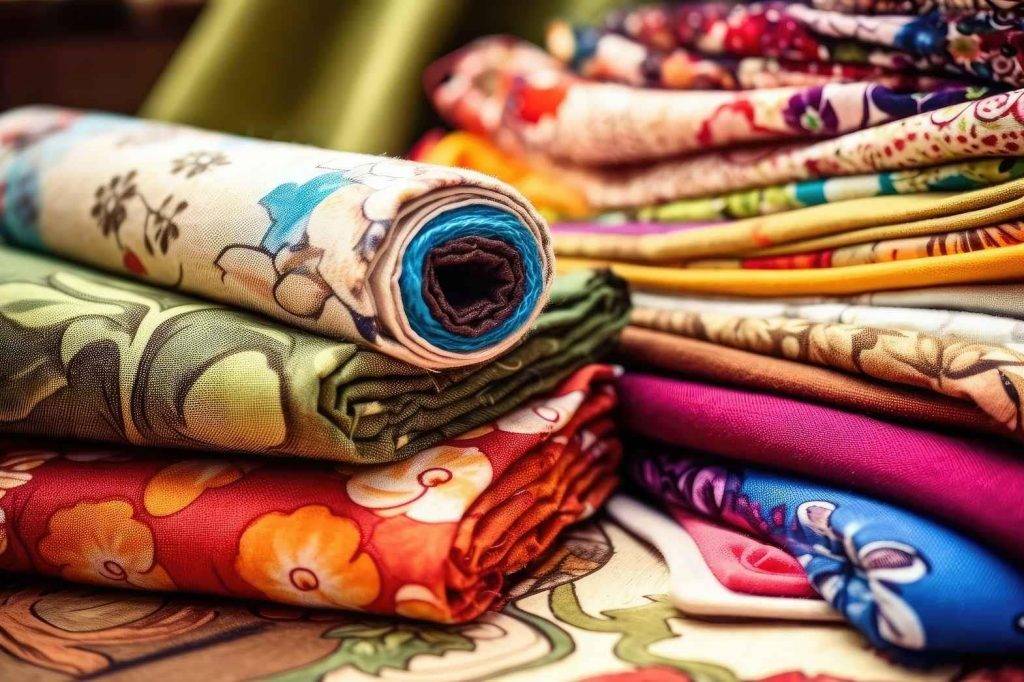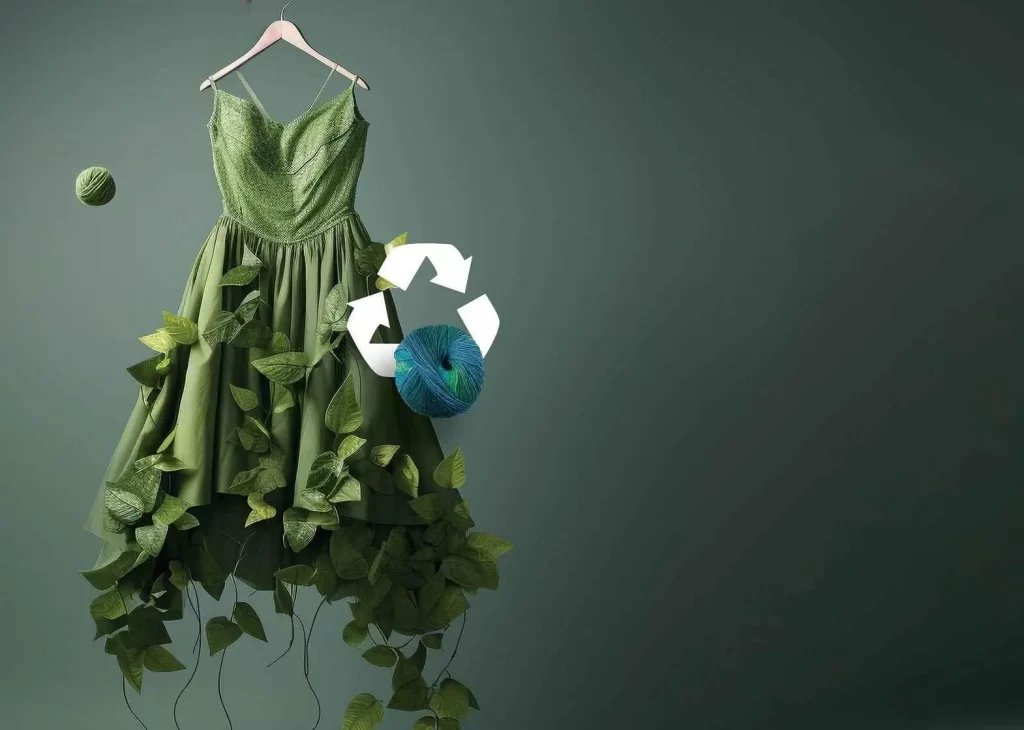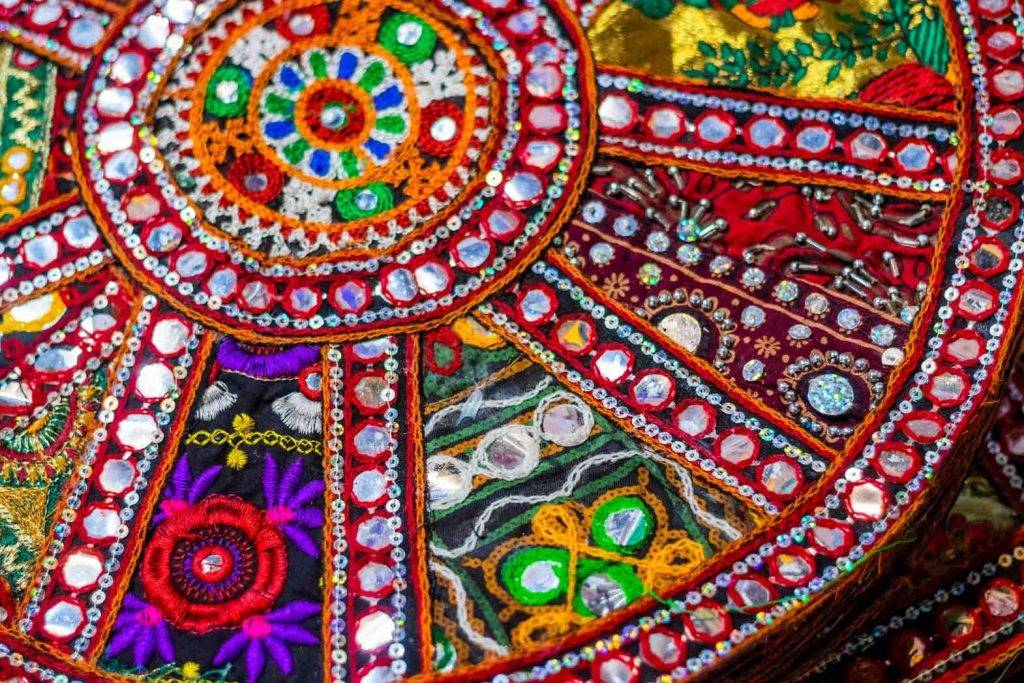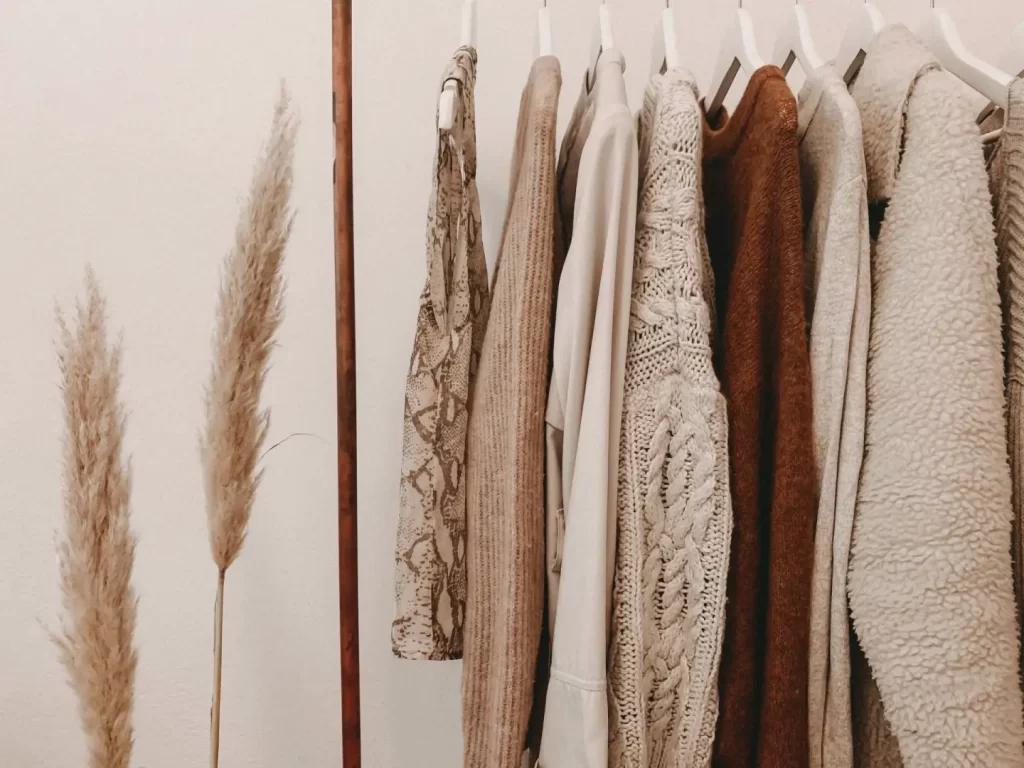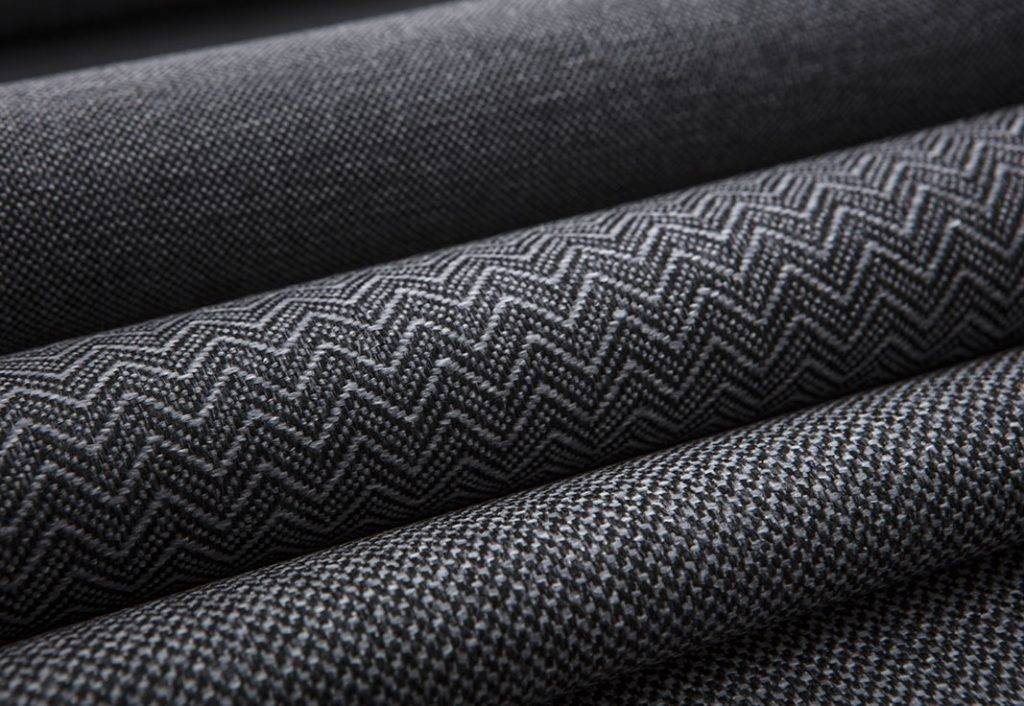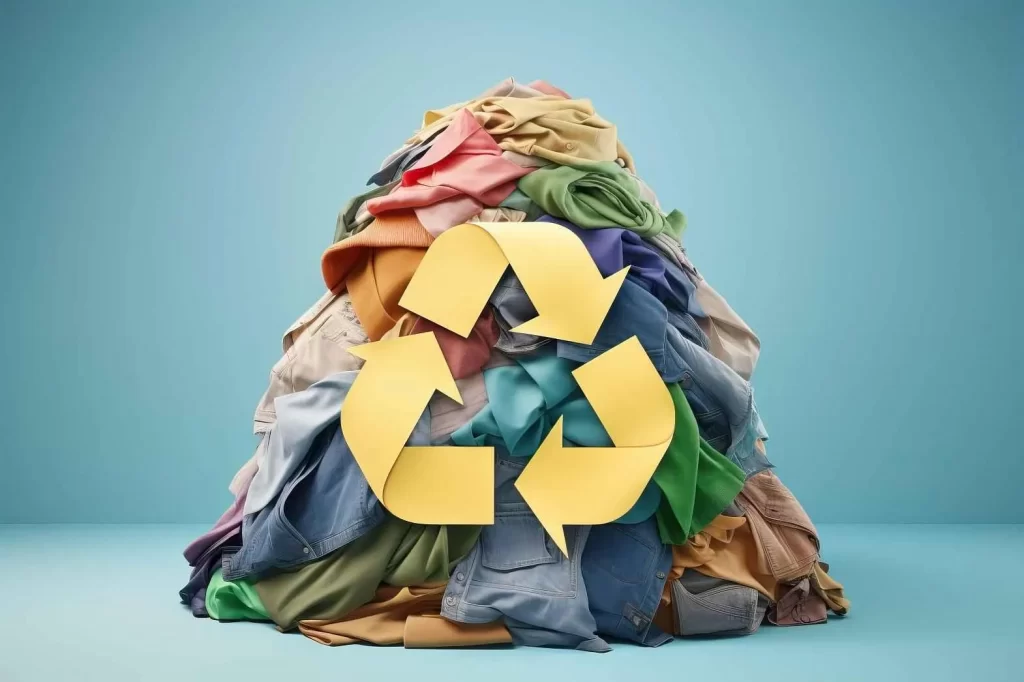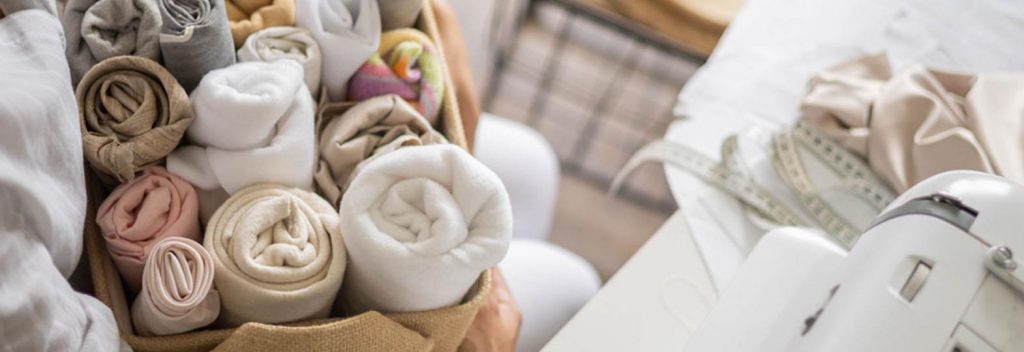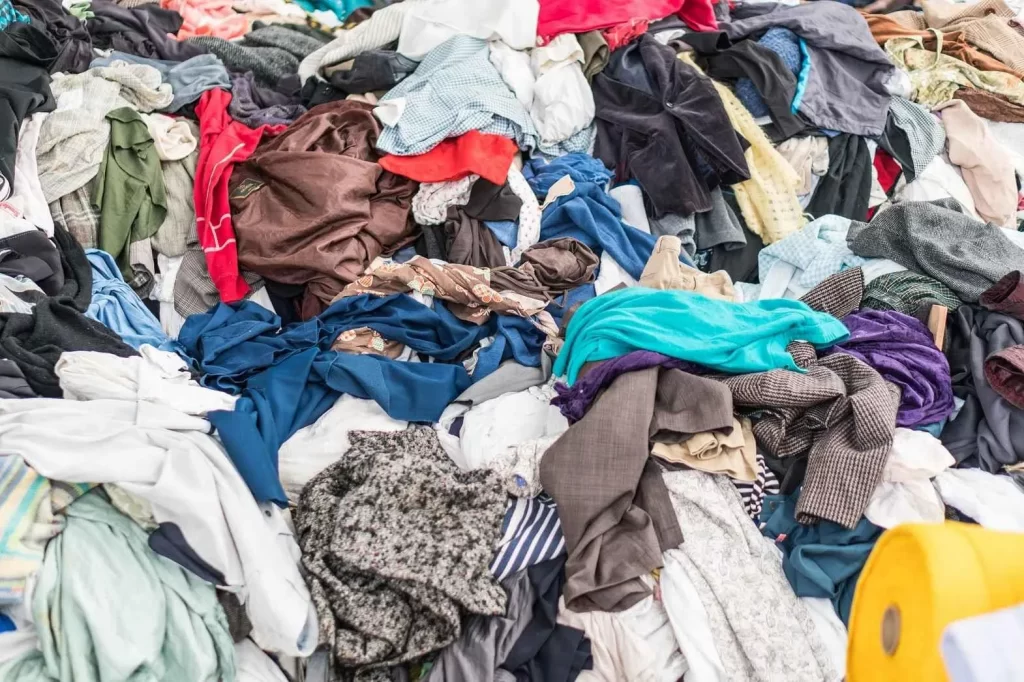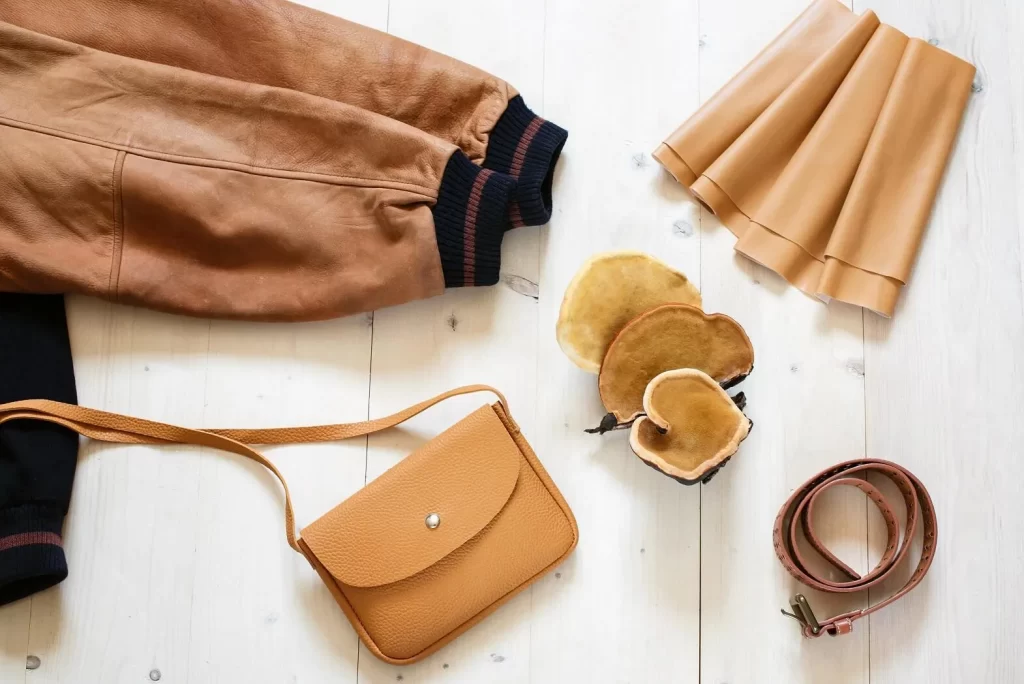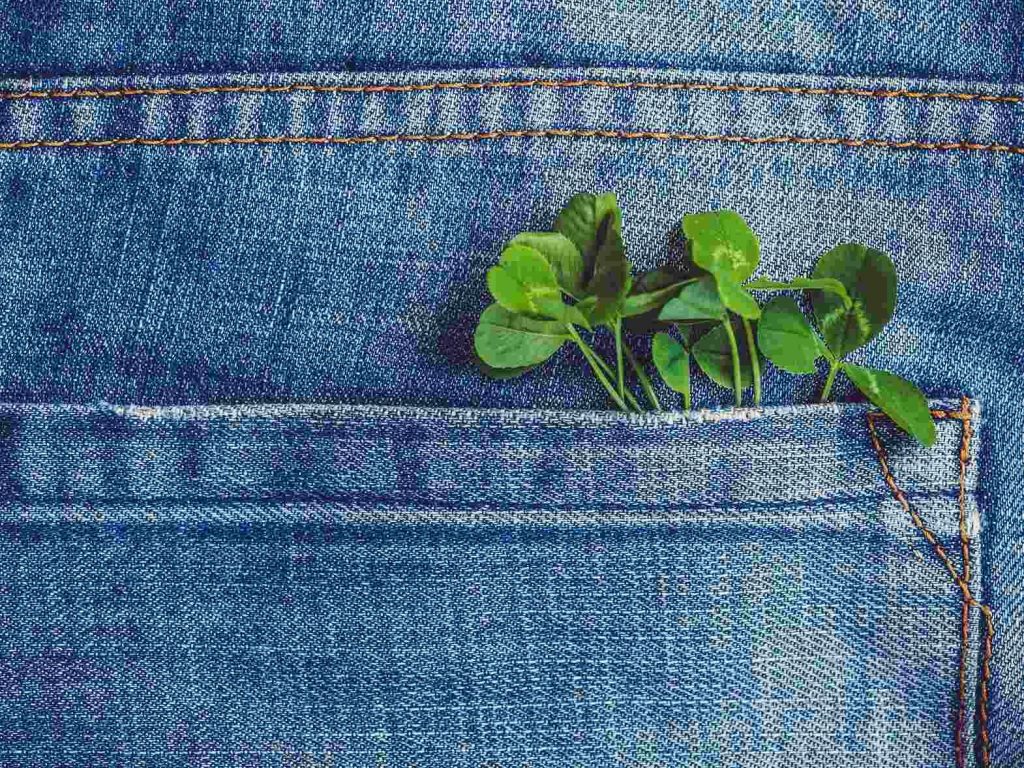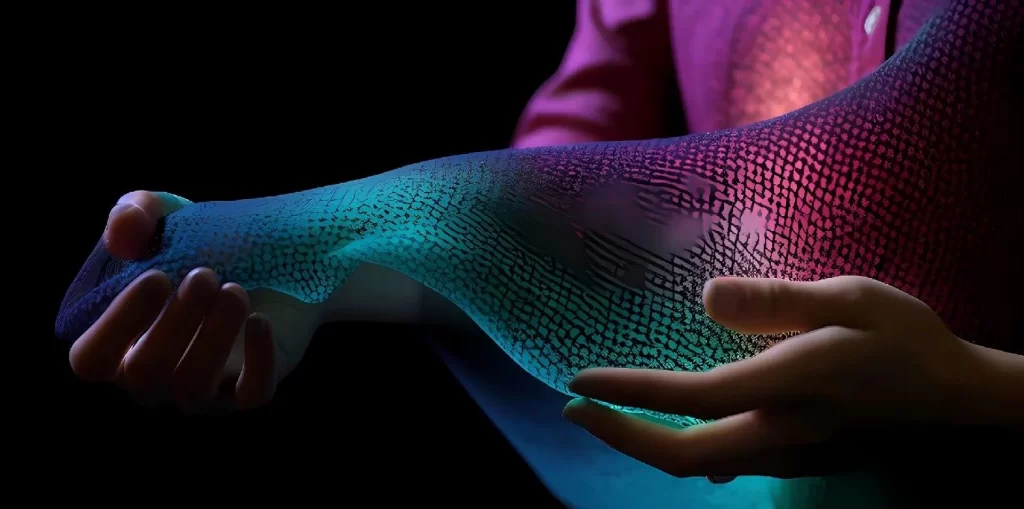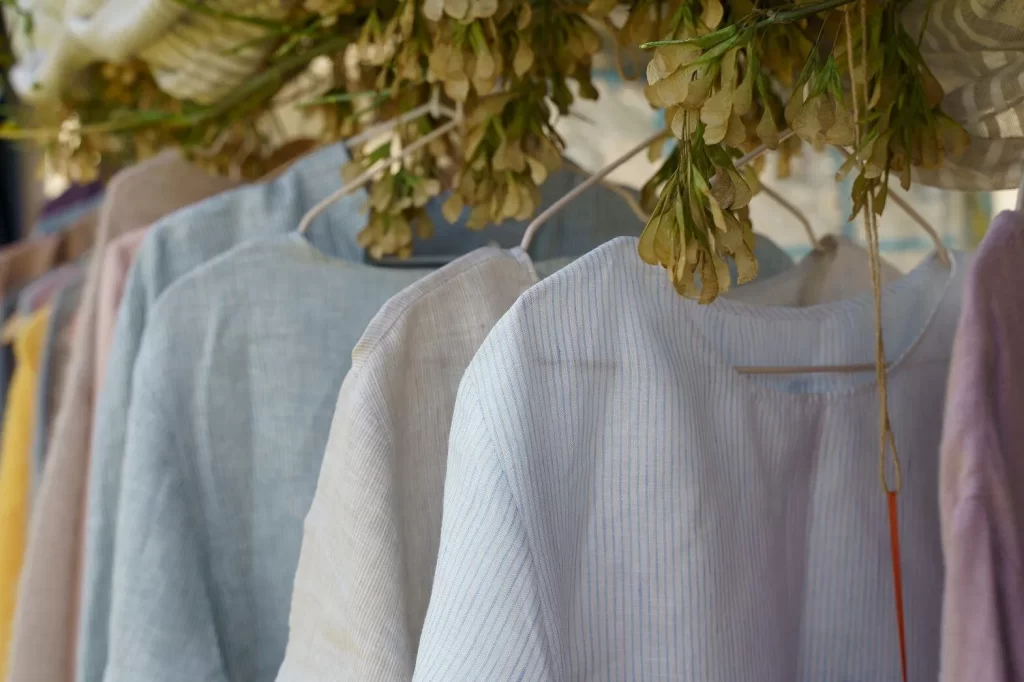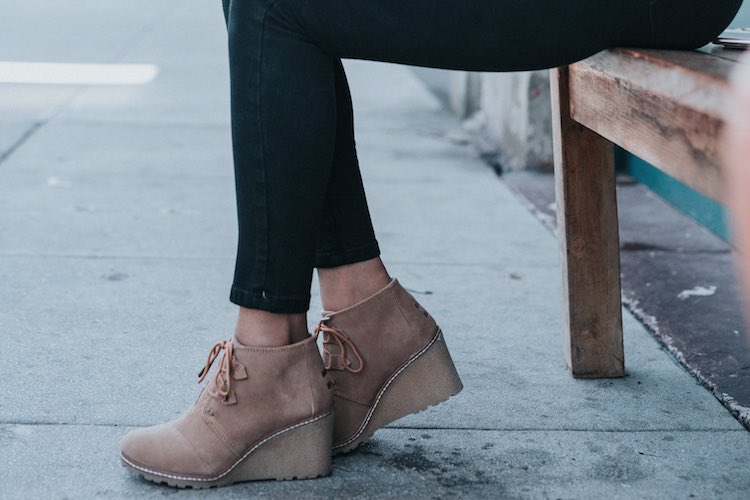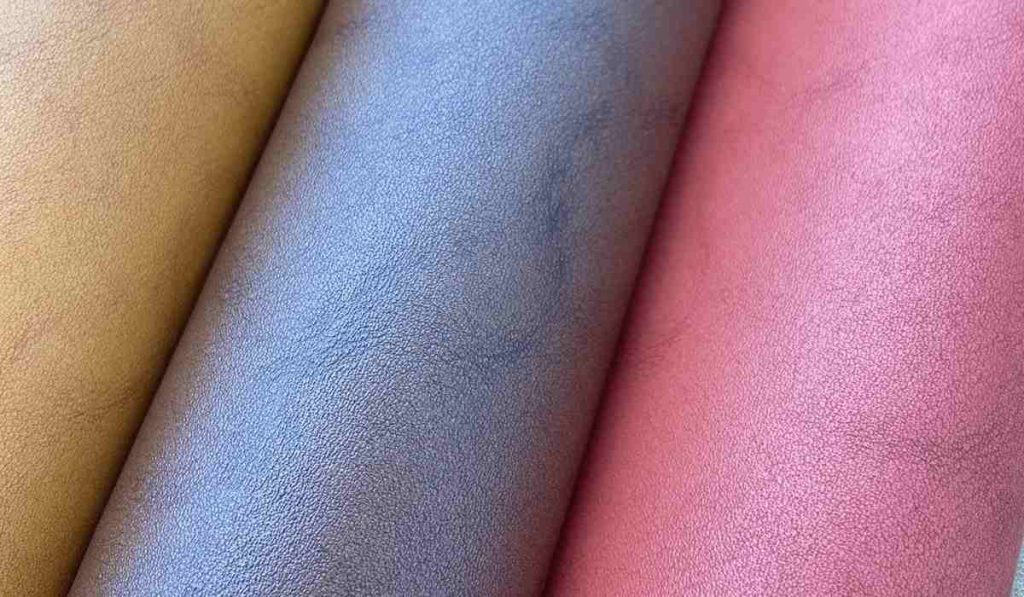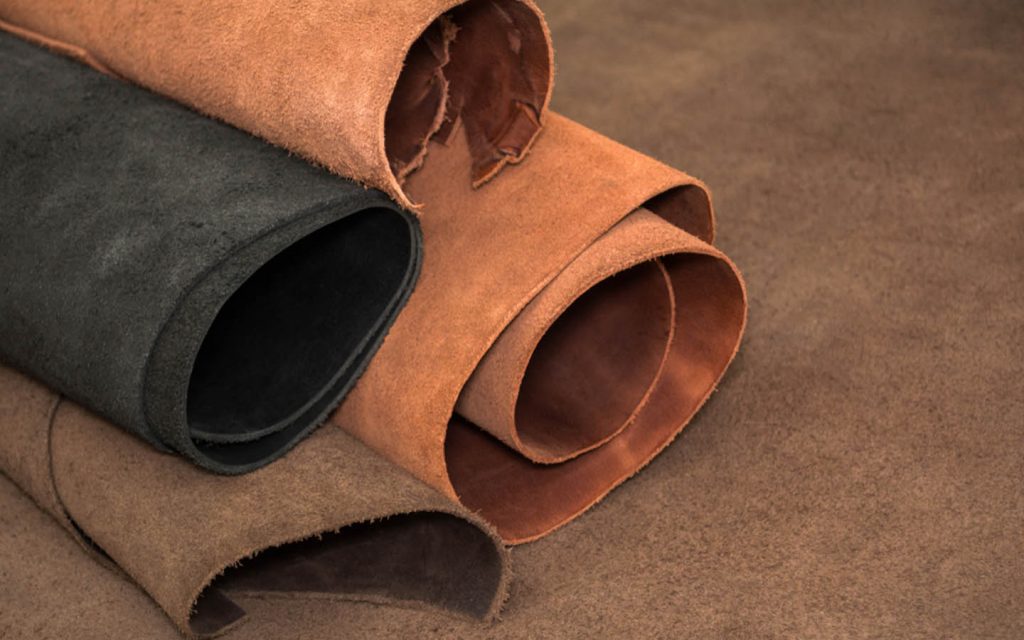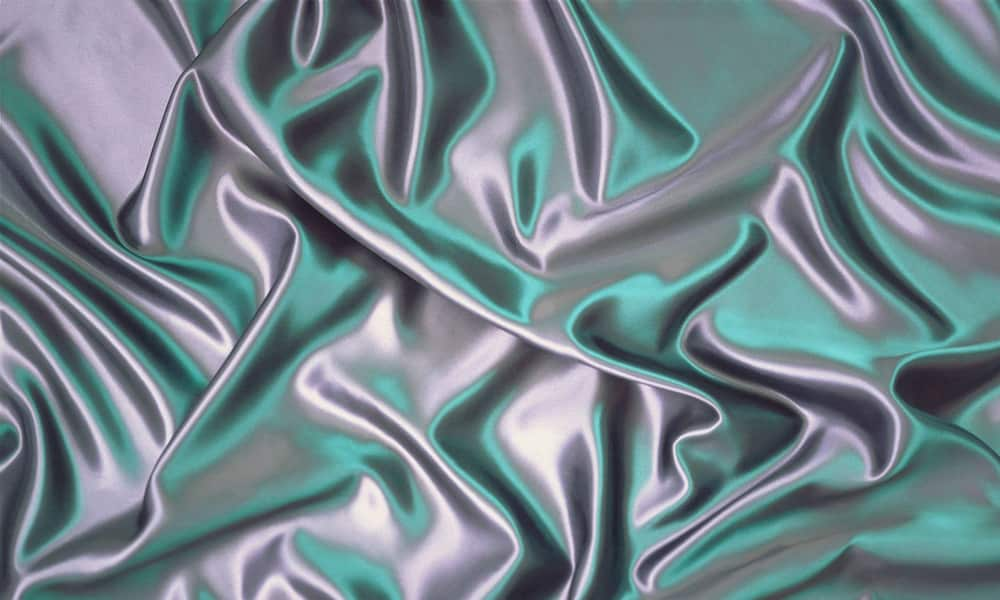How to Clean and Care for Olefin Clothes
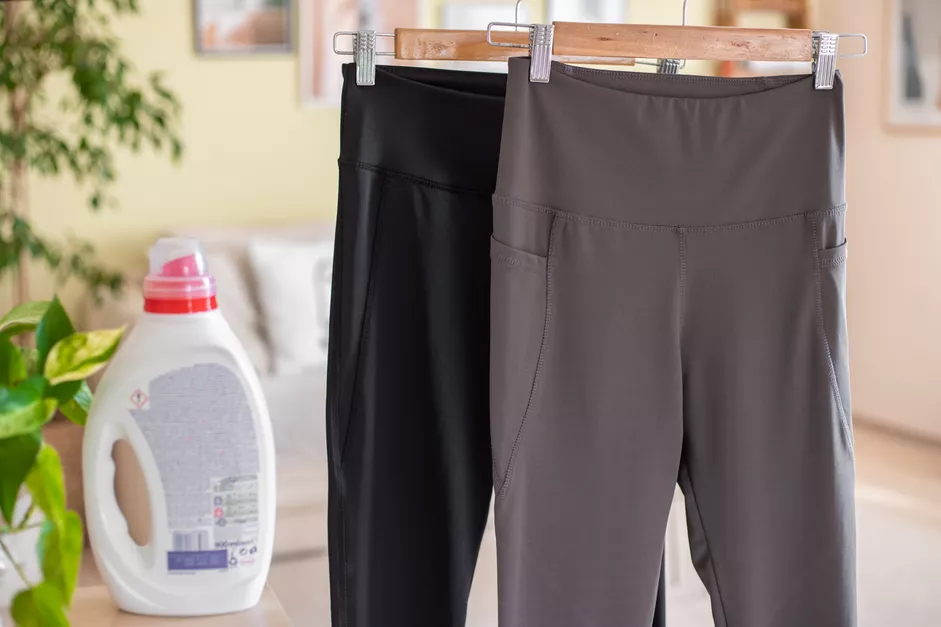
Olefin is a trademarked name for fabrics made from synthetic-based polypropylene fibers. From it, DuPont produces Tyvek fabric that's used for disposable outerwear, wristbands, and shipping supplies, and it's made up of 25 percent recycled materials.
Olefin is highly resistant to damage from moisture and chemicals, which is why it’s often used for indoor-outdoor carpets and automobile interiors. The fabric is colorfast because dyes are added to the polymer solution before the fabric is manufactured. Olefin is low static, abrasion resistant, stain resistant, and quick drying. Seams and hems can be thermally bonded to create a strong fabric, and it doesn’t rot.
The fibers can be woven into a heavy textile such as carpeting or into a soft, lightweight fabric that can be used for socks or athletic wear. It’s ideal for activewear because it wicks away moisture from the body.
Olefin fibers were first produced in Italy in 1957. The olefin chemicals are melted and run through a spinneret to form a long fiber that solidifies during a cooling process. Additives are added during manufacturing to change the characteristics of the fibers, depending on how they will be used.
Olefin is less expensive to produce and more environmentally friendly than many other synthetic fabrics because there are little to no waste byproducts. According to a leading maker of chemical-free fabric, It’s actually greener than wool, cotton, rayon, and silk. Plus, olefin can also be recycled to create new fabrics.1 What’s not to love?
What You’ll Need
Equipment / Tools
- Washer or large sink
- Automatic dryer, outdoor clothesline, or drying rack
- Clothes steamer (optional)
Materials
- Laundry detergent
- Stain remover
- Oxygen bleach (optional)
- Fabric softener or dryer sheets (optional)
Instructions
Warning
Dry-cleaning olefin is not recommended. Olefin fabrics can be damaged by the perchloroethylene solvent used by some dry cleaners. Olefin is resistant to trichloroethylene and fluorocarbon solutions. If you do decide to dry-clean an olefin item, ask your dry cleaner about the type of solution they use.
| How to Clean and Care for Olefin Clothes | |
|---|---|
| Detergent | Regular |
| Water Temperature | Cool to warm |
| Washer Cycle | Permanent press |
| Drying Cycle | Low or air-dry |
| Special Treatments | Pretreat stains (especially oily stains); never dry-clean |
| Ironing Setting | Never iron; use clothes steamer to remove severe wrinkles |
Instructions
Check for Stains and Pretreat
Olefin garments are durable and tough, but they do hold onto oily stains. These are easily removed if treated immediately. Use a stain remover or a dab of heavy-duty detergent. Work the stain remover into the area with your fingers, and allow it work for at least 15 minutes before washing the garment.
It’s very important to check olefin garments for stains and treat for the specific stain before washing because the heat from a clothes dryer or iron will set the stain and make it almost impossible to remove.
Treat Dingy White Olefin Clothes
While chlorine bleach can be used, the safest way to brighten and whiten olefin clothes is to use an oxygen bleach like OxiClean, Nellie’s All Natural Oxygen Brightener or OXO Brite. Follow the package directions as to how much product to add per gallon of water. Completely submerge the garment, and allow it to soak for at least eight hours. Check the color. If it’s back to normal, wash as usual. If the item remains dull or stained, mix a fresh solution, and repeat. It may take several soakings to remove the dullness or stains like dye transfer, but they should improve.
Select a Detergent
While you can use any laundry detergent to wash olefin, you’ll get the best results from a heavy-duty detergent like Tide or Persil that contains enough stain-busting enzymes to break apart and lift stains and body soil from the fabric fibers.
Select Water Temperature
Olefin can be washed in cold or warm water. Like most synthetic fibers, high temperatures in the washer can cause olefin fibers to melt and stick together, shrink, or deform. Always use cool or warm water when washing and cold water in the rinse cycle. Excessively hot water can create permanent wrinkles during the spin cycle, which are impossible to remove.
Choose Cycle Setting
Olefin should be washed using the permanent press cycle. This setting includes a cooling-down period and a reduced-speed spin cycle that will help reduce wrinkling. Try not to overload the washer because that can cause excessive wrinkling.
Dry
Olefin fabrics are lightweight and dry quickly. An outdoor clothesline or indoor drying rack are the best options. Excessively high heat in the dryer can permanently damage olefin fabrics. If you must use an automatic dryer, select the low-temperature, air-only setting, and remove the garments while still slightly damp.
Skip the Iron
Don’t press olefin fabrics with an iron at any temperature setting. A clothes steamer can sometimes remove set-in wrinkles, but the high heat required can also cause melting and create holes or cause the garment to shrink—and that can’t be reversed. If you use a clothes steamer, keep the nozzle at least six inches from the surface of the garment, and keep it moving to avoid overheating in one spot.
Other News
Sustainable Fabric Production Using Biotechnology: A Path to Eco-Friendly Textiles
Challenges to Revival of Handicrafts in India
Define textile wet processing? Describe various type of dyeing process.
Unravelling Asia’s Textile Dominance: Strategic Advantages and Future Prospects in the Global Market
Innovations in Home Textiles Industry: Revolutionising Comfort & Style
Decoding Germany’s Budget Crisis and its Likely Impact on the Textile-Apparel Industry
Best quality fabrics for clothes | Top 10 textile countries in the world
Best quality fabrics for clothes | Top 10 textile countries in the world
What is jacquard fabric? Different types of jacquard fabric.
Consumer Textile Recycling: Emerging Technologies Shaping Sustainable Fashion
Factors that will Impact the Textile Value Chain in 2023
Solving Fabric Waste for a Greener Fashion World
Eco Innovation in Fashion: Revolutionising the Industry
Denim Brands: Moving Towards a Greener Future
Functional Textiles: Blending Innovation with Sustainability
Organic Fabrics for Sustainable and Luxurious Living
Differences in foot shape when wearing wedge-heeled shoes with elevated forefoot height and heel height
Introduction of pvc leather fabric
Original Leather in Pakistan; Natural Thick High Resistance Durability Soft Flexible
How useful was this post?
Click on a star to rate it!
Average rating 0 / 5. Vote count: 0
No votes so far! Be the first to rate this post.



